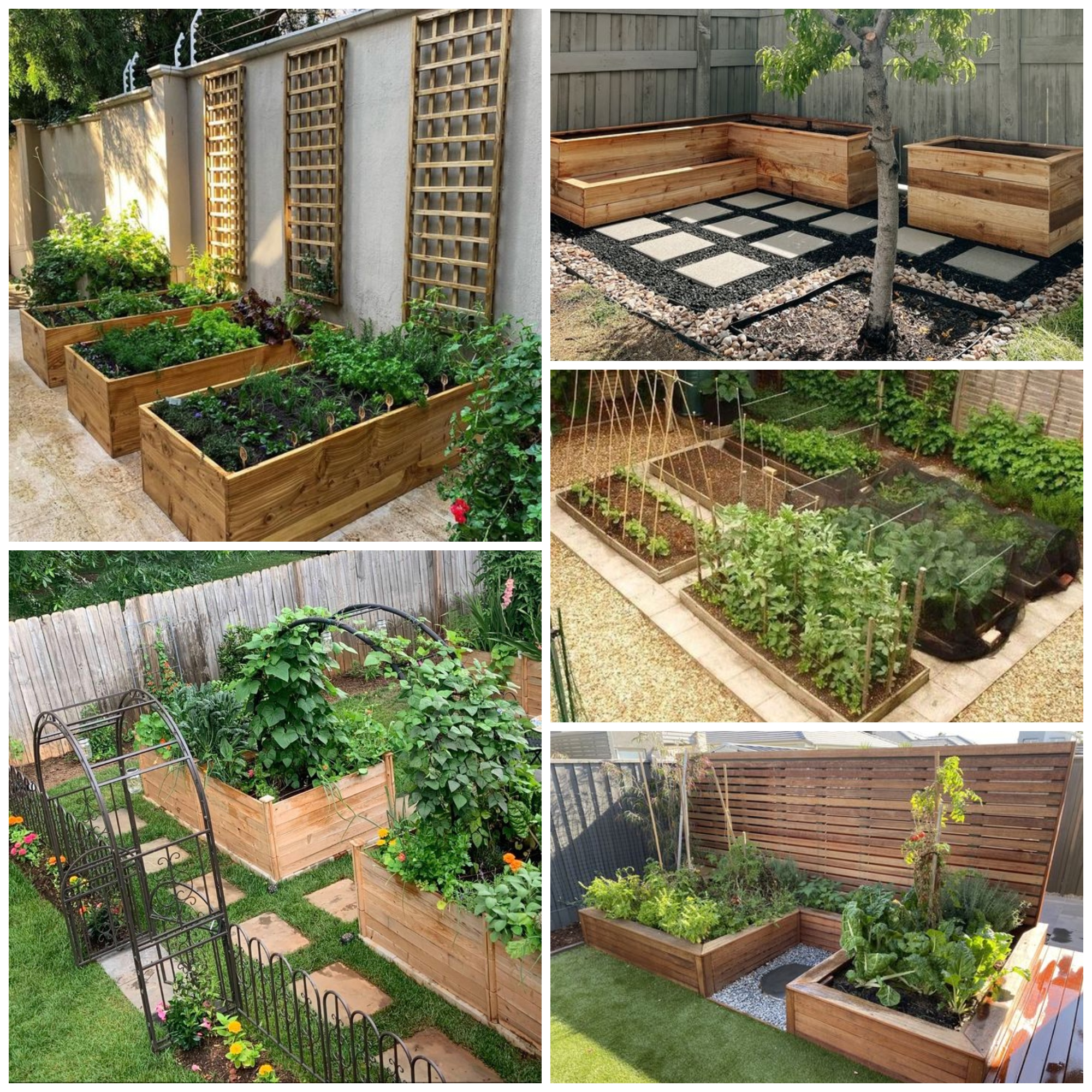
Growing vegetables is a great way to know exactly where your food comes from, eat healthier and save money. You don’t even have to have a large garden to benefit from growing your own vegetables. You could try planting some in your garden, in planters, raised beds, or even when building a greenhouse.
Whatever approach you take to your vegetable growing, there are a few similarities that each method has in common. You need the best location for sunlight, nutrient-rich soil and a well-organized vegetable garden plan. Check out these vegetable garden ideas to get inspired and grow your own nutritious and delicious vegetables.
1. Discover backyard vegetable garden ideas
Most of us have the largest open space in our backyard. This makes it the perfect place to spread out and start a small vegetable garden. If you have a door leading outside near your kitchen, see if you can place your garden here. This creates a practical kitchen garden.
To ensure your garden is a success, you should choose a location that receives the right amount of light. For some vegetables, this means full sun. For others it means indirect light or very little light. You should then prepare the soil so that it is rich in nutrients. You may need to compost if you find that your soil is lacking the necessary elements.
The final step is to understand what climate zone you are in and what plants thrive there. You’re not limited to these plants, but they’re an easy place to start if you’re new to gardening. Make sure you plant your vegetables at the right time of year to get a healthy harvest.
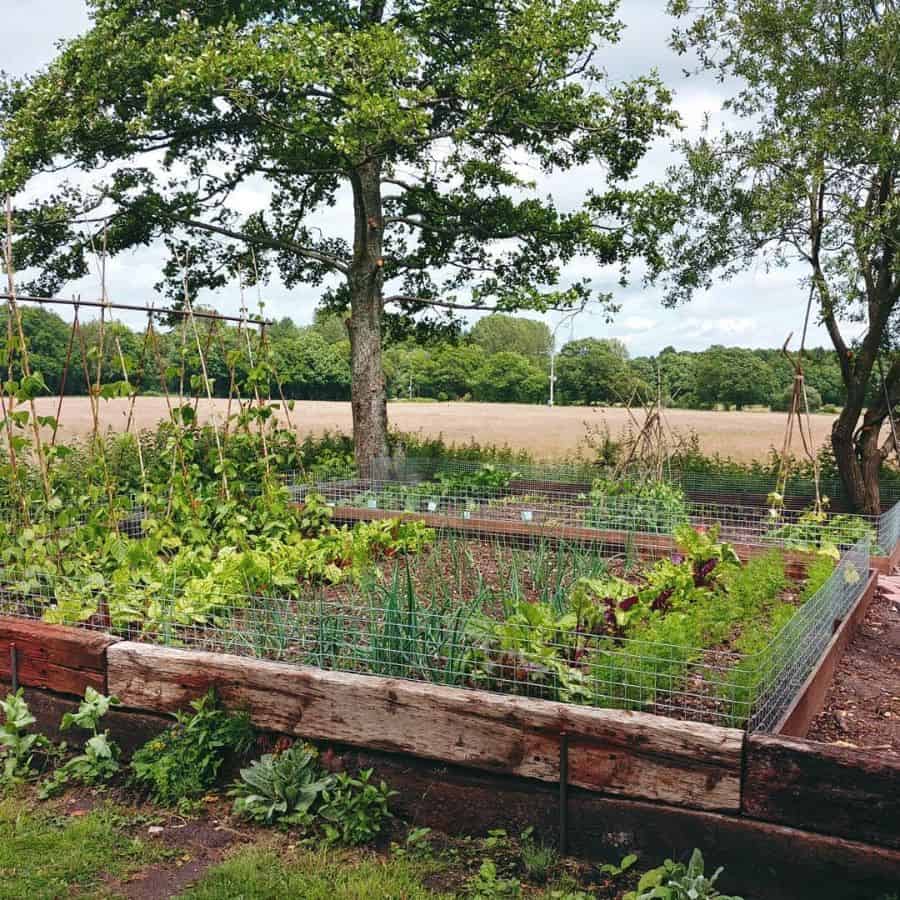
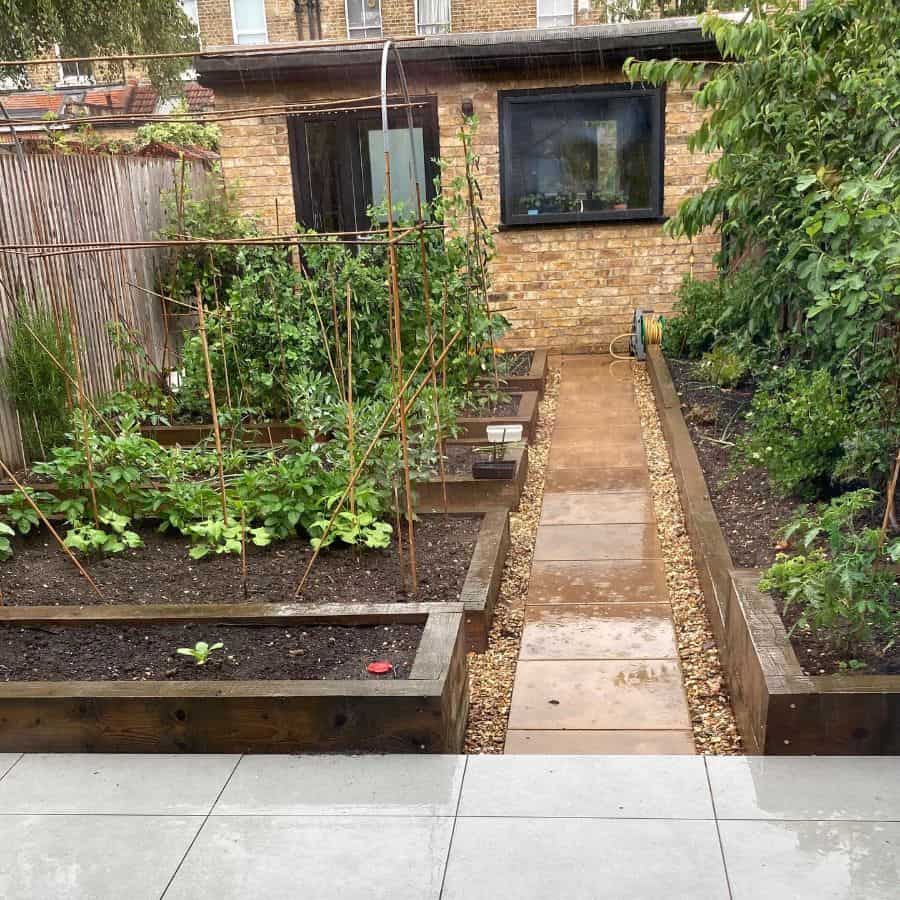
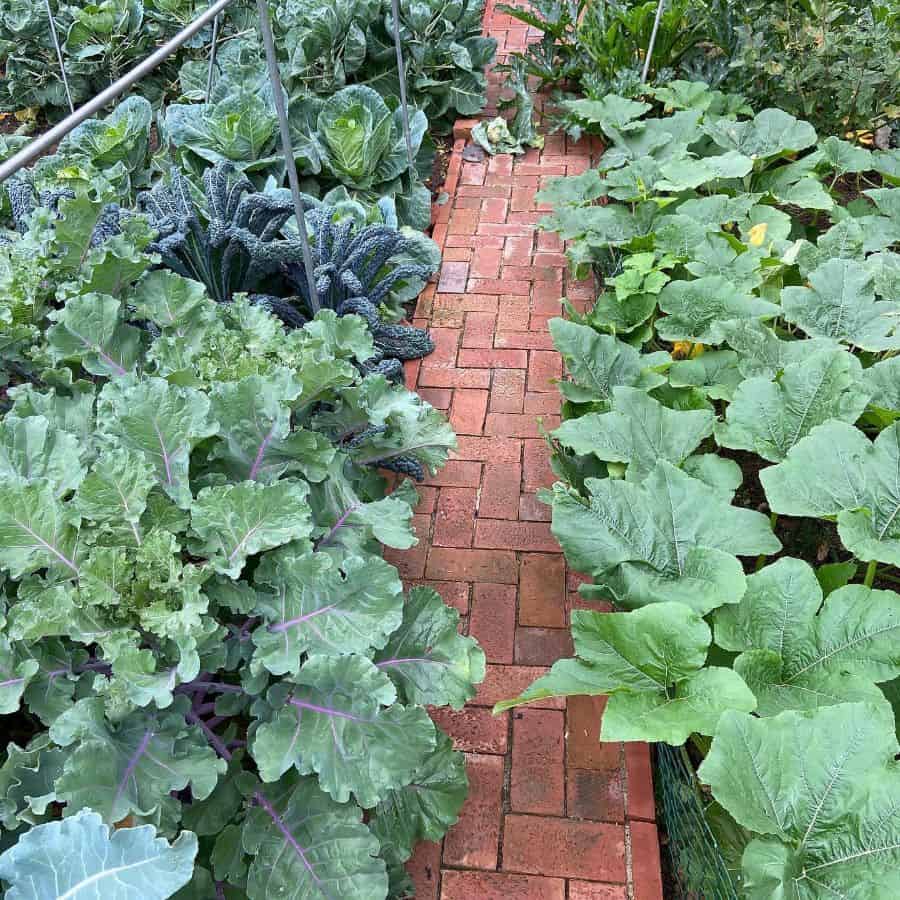
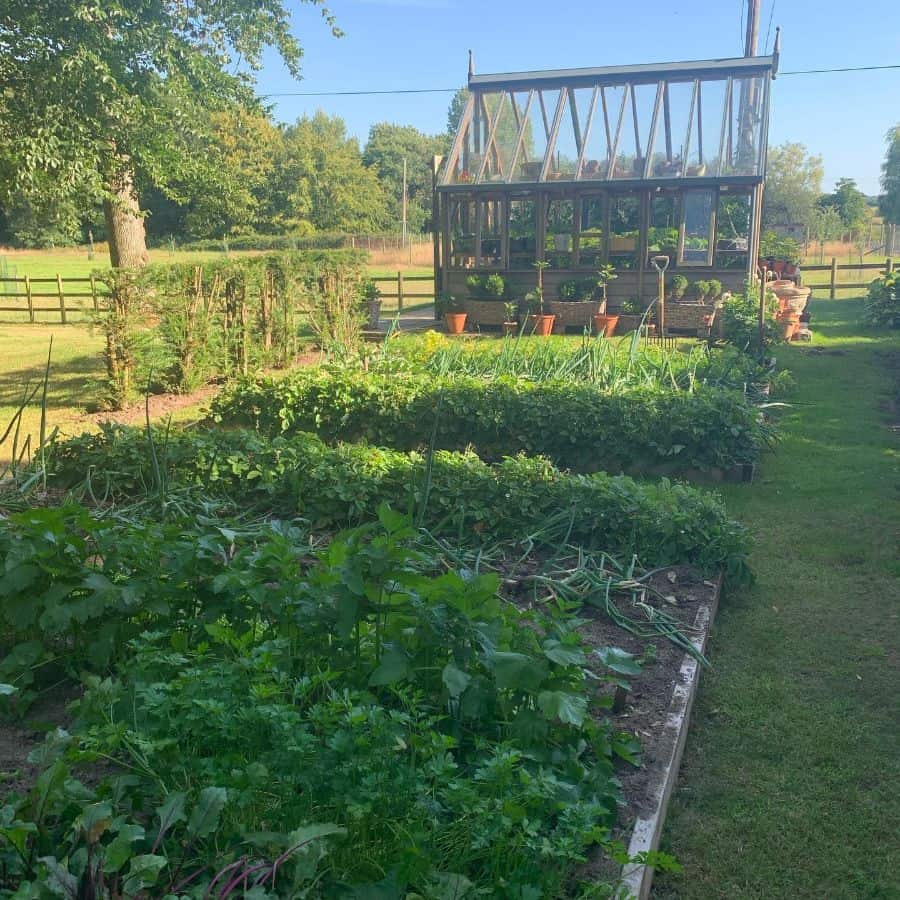
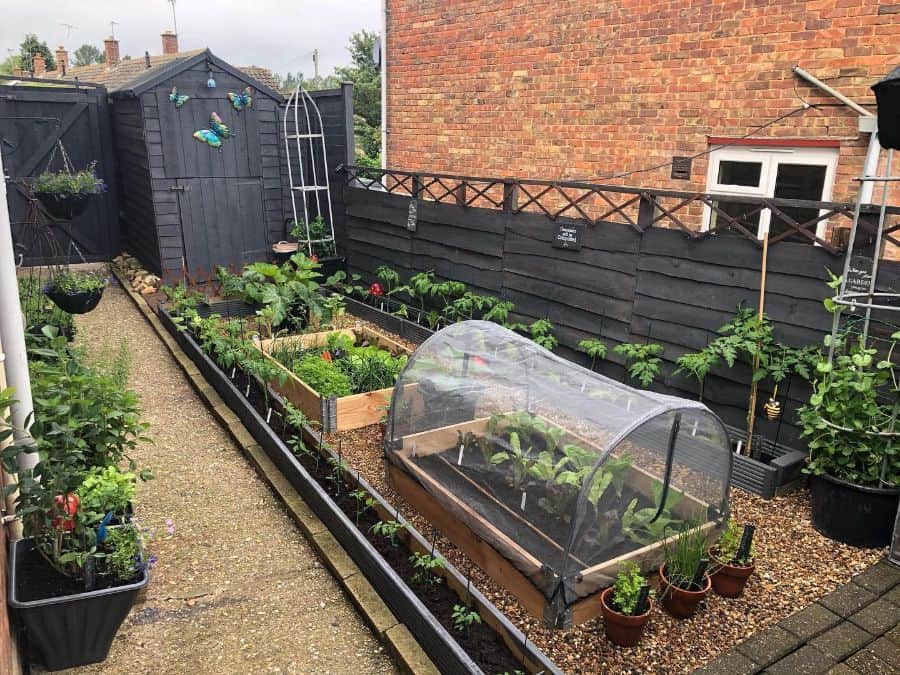
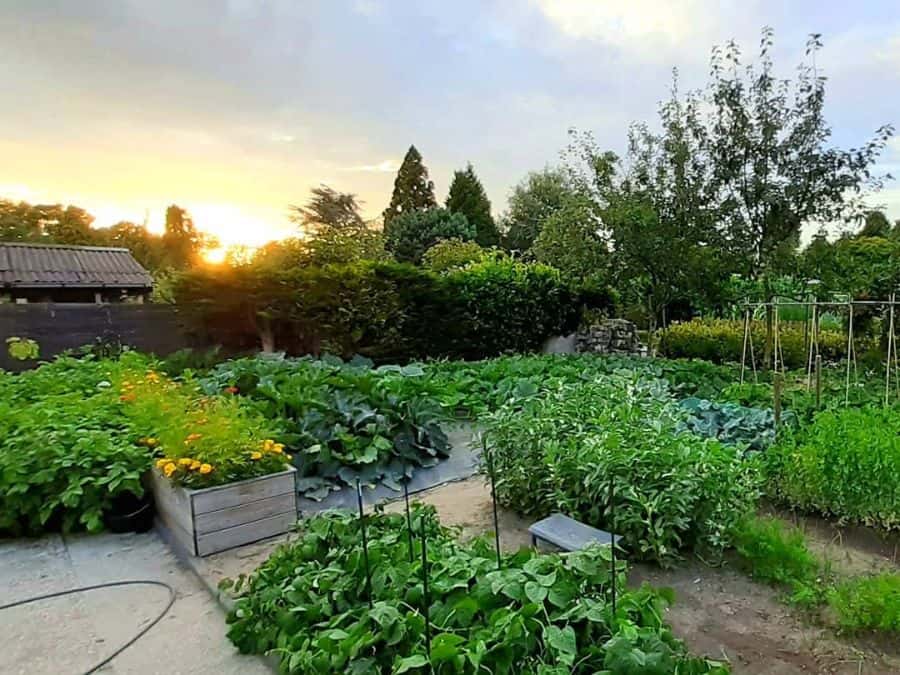
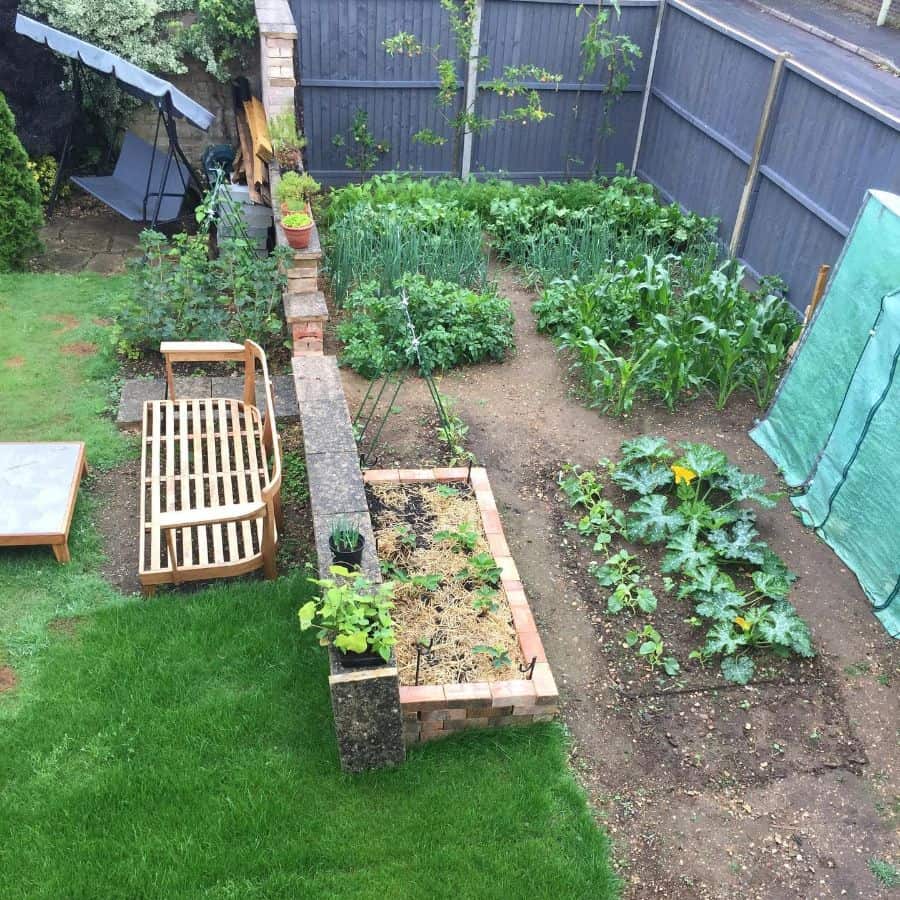
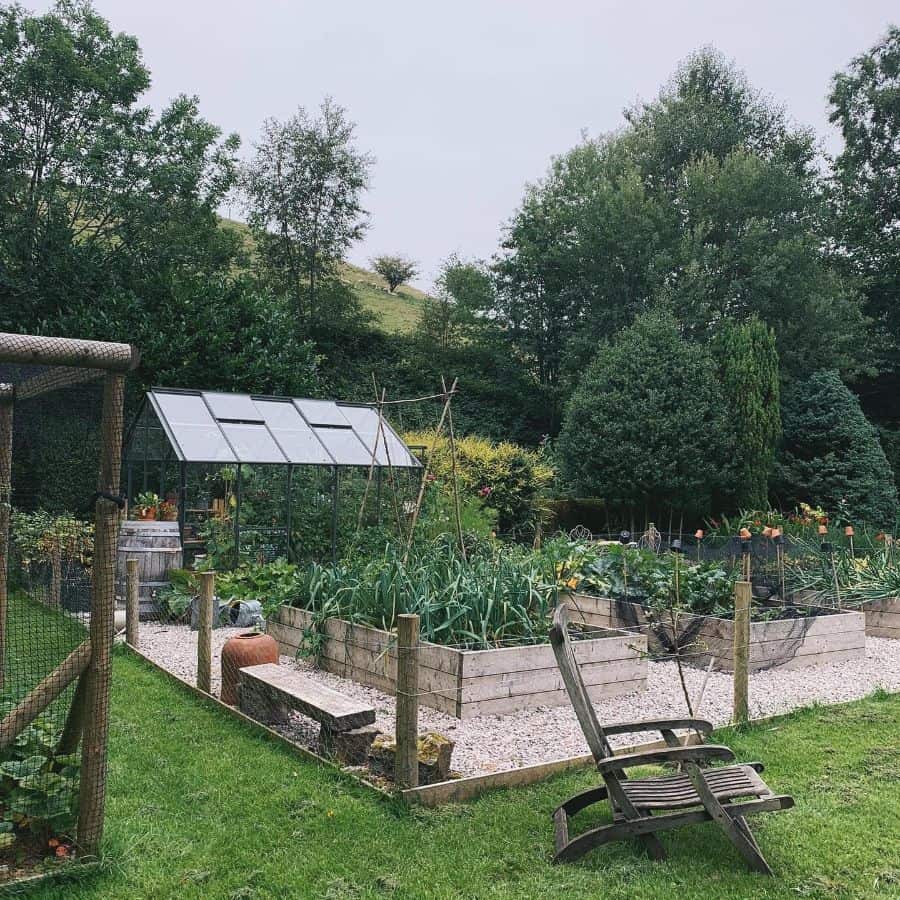
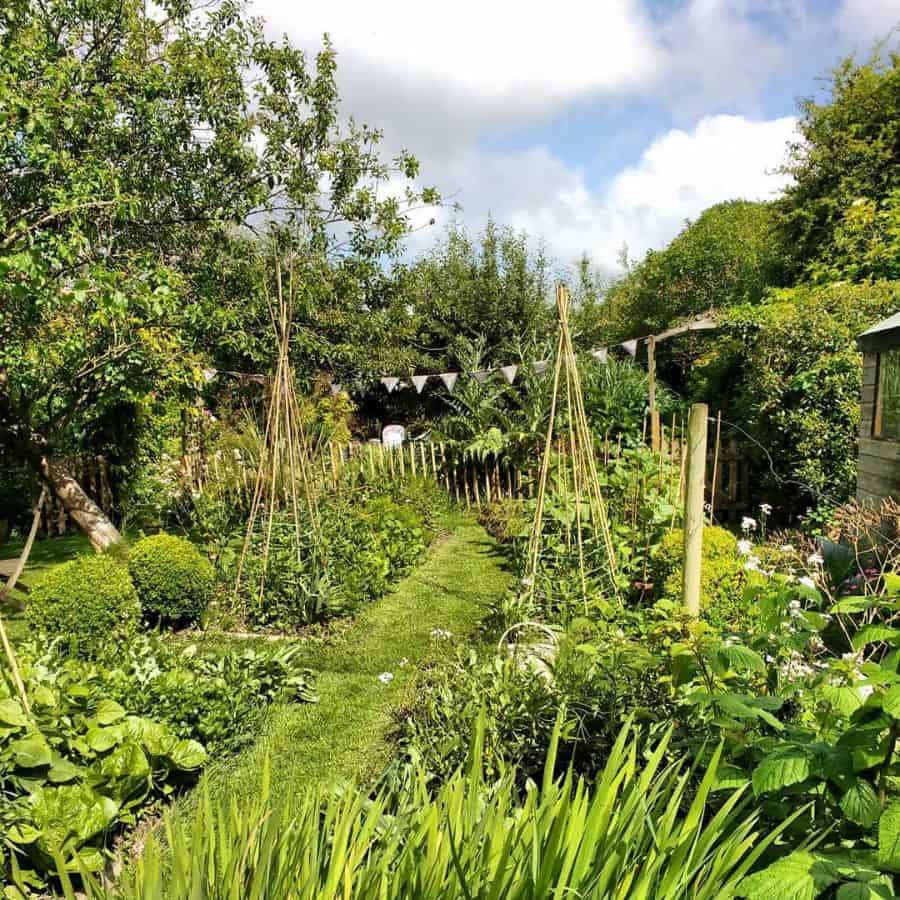
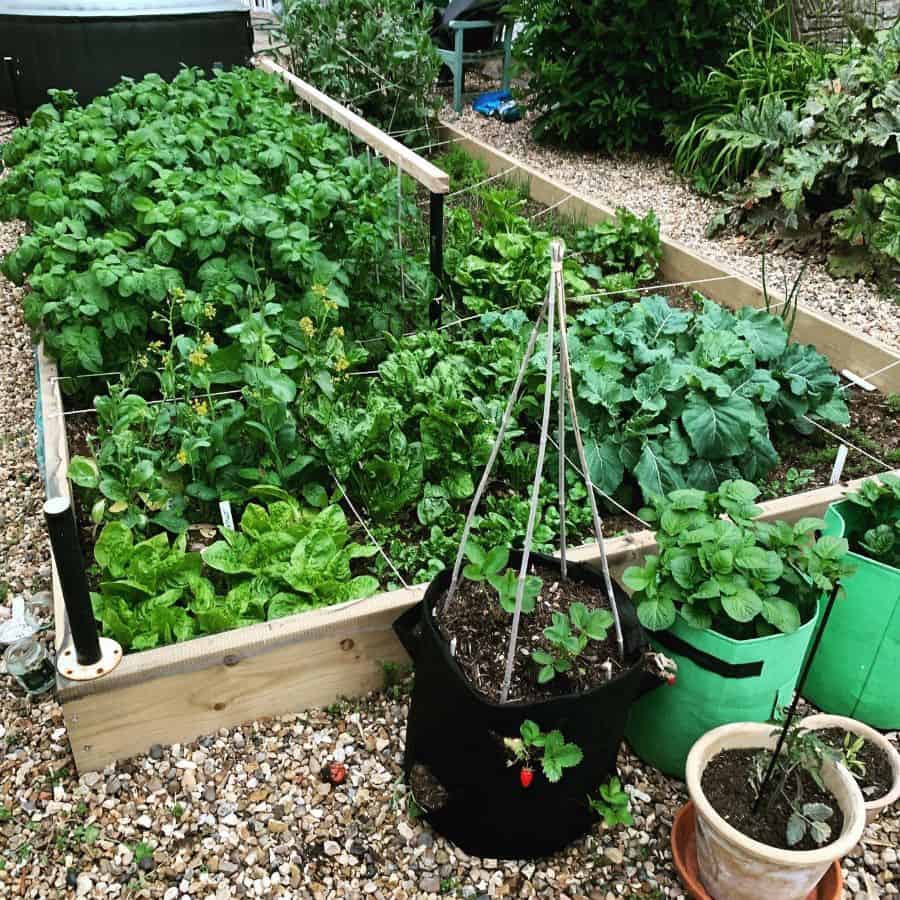
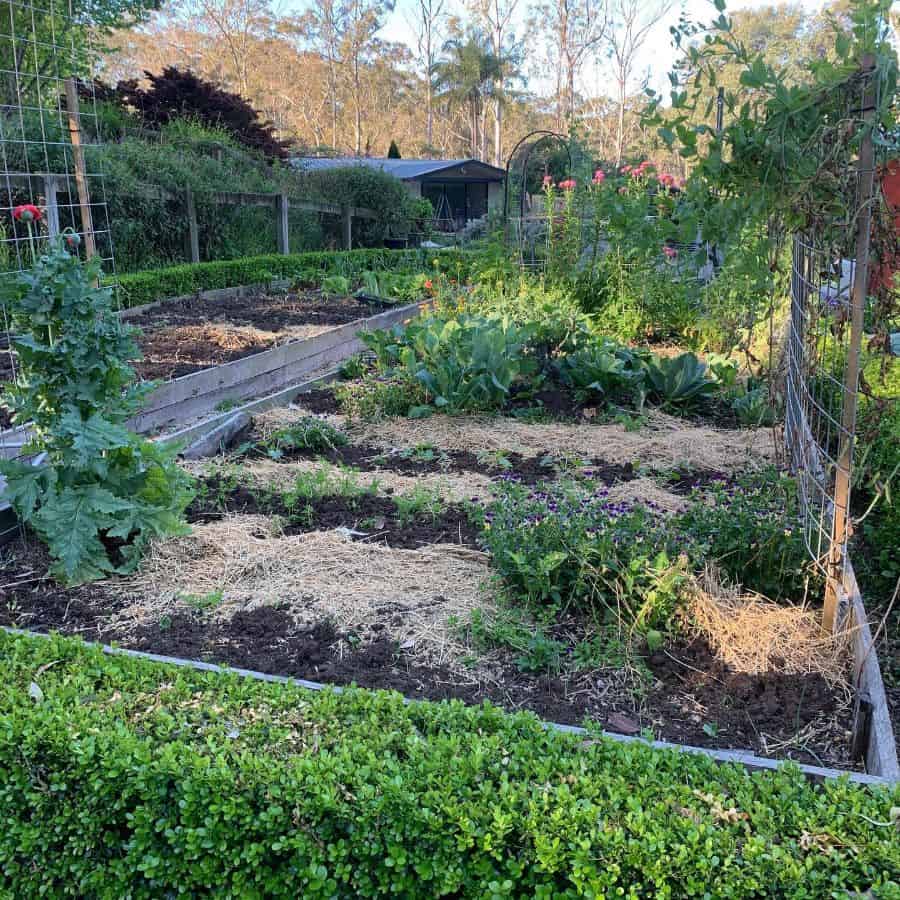
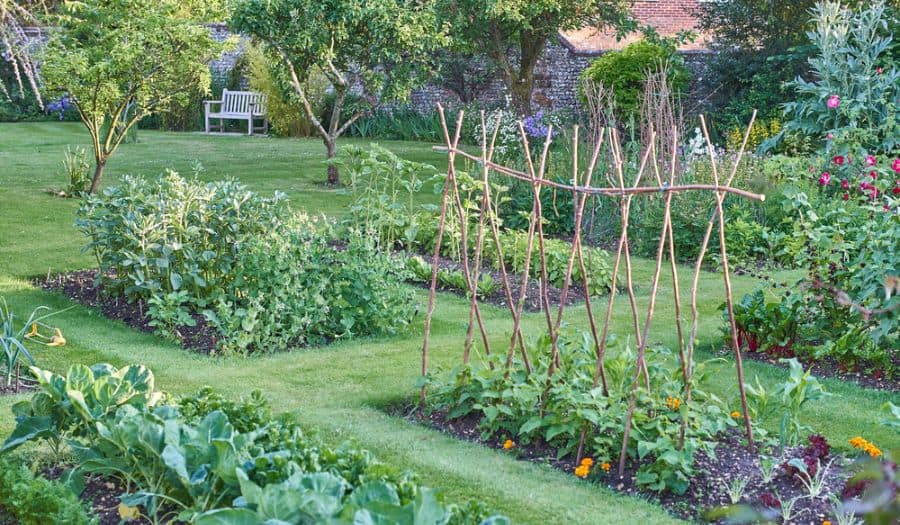
2. Creative container inspirations
What if you want to grow vegetables but don’t have the land for it? Container gardening is the perfect solution. This is also ideal if you need to move your plants throughout the year. You could start small, with a single tomato plant in its own pot. Then you can develop further as you gain more confidence in your growing skills.
Think about what you want your garden to look like. There are terracotta and decorative pots that you can use if you want your garden to be visible. If you value function more, simple black plastic tubs are just the thing.
Consider purchasing larger containers that can hold more than one plant. You could have a long trough that holds two or three rows of carrots. Or you could have a large round pot with a tomato plant and basil growing together. Basil is a short plant while tomatoes grow upwards. This type of companion planting also helps your plants grow stronger, be more fruitful and avoid pest infestations.
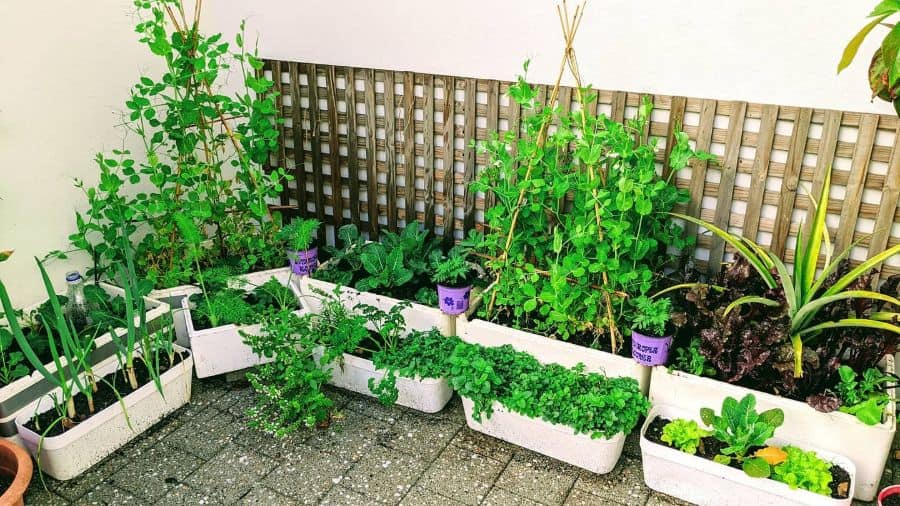
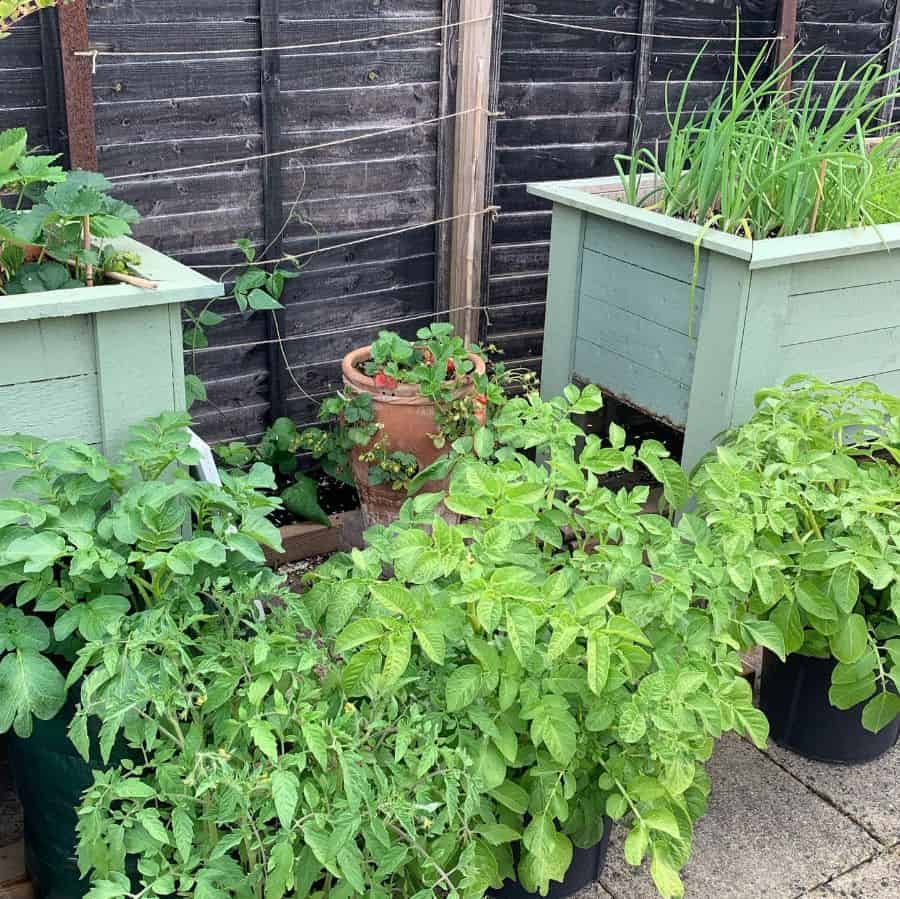
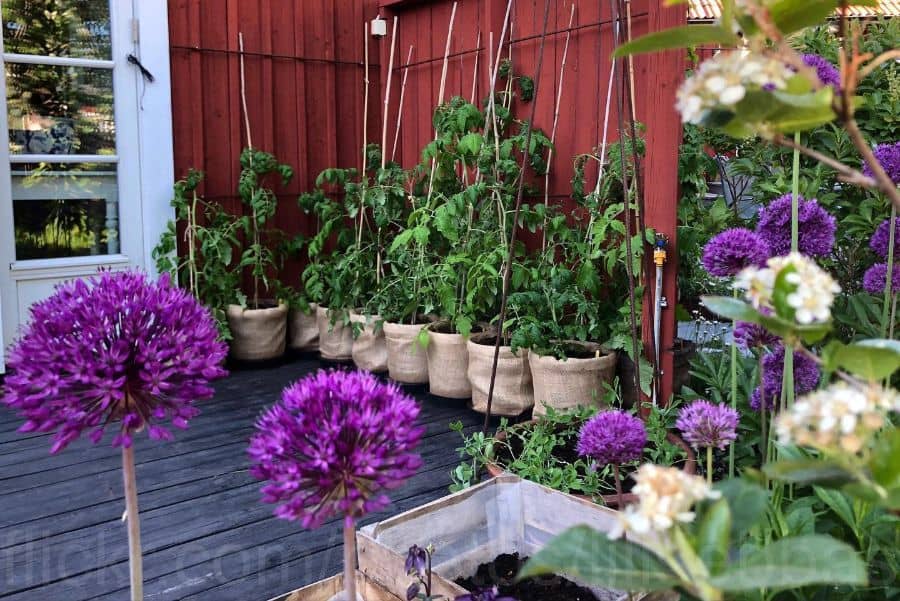
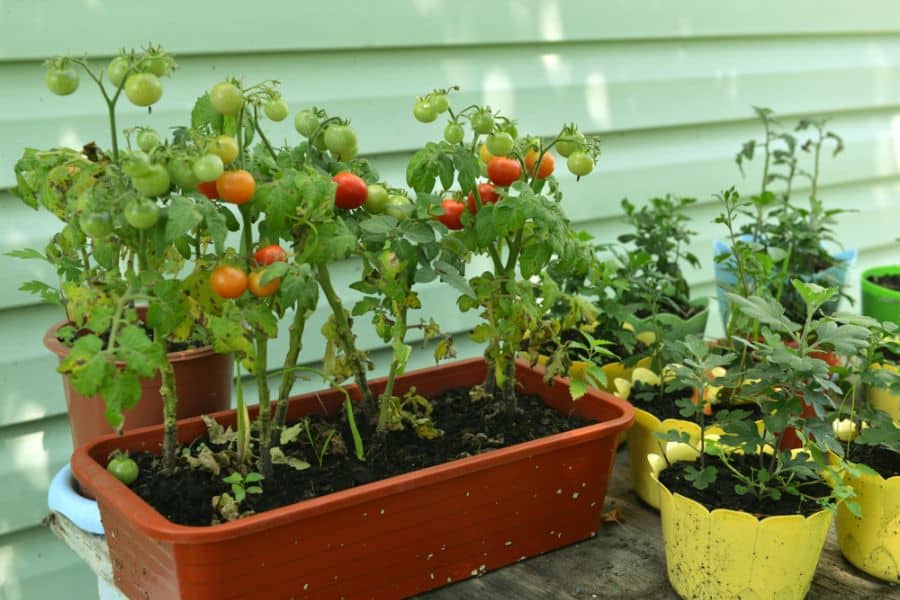
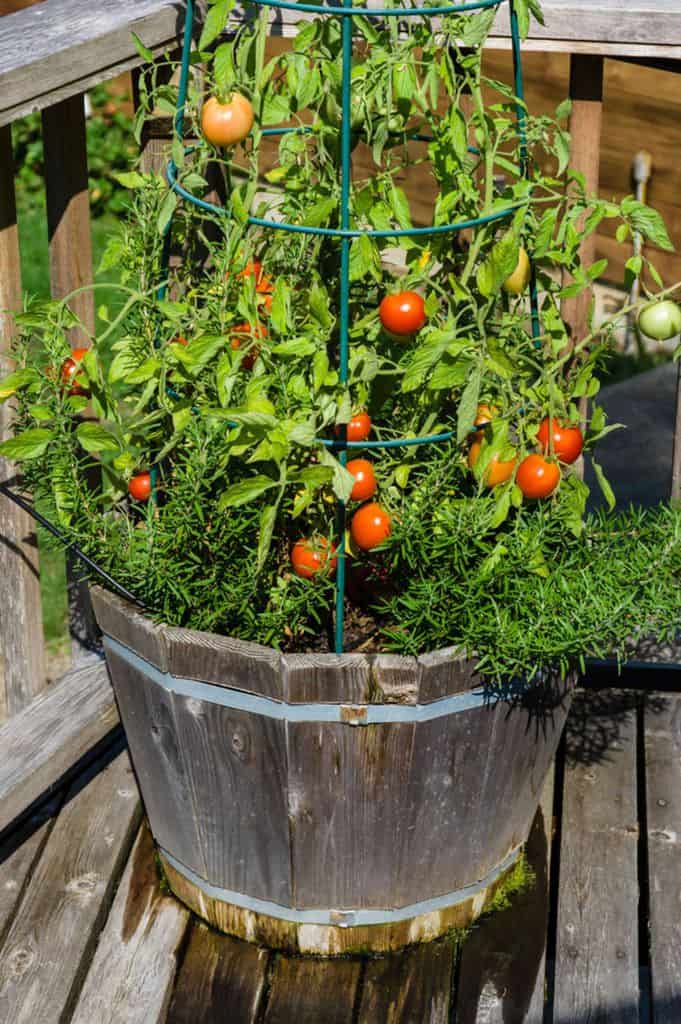
3. Limitless beauty
Once your vegetable plants start growing, you will suddenly realize how much wildlife there is around you. Creatures that have once left your property will suddenly think you have laid out the welcome mat.
To keep out small pests like insects, cover your vegetables with a mesh sieve. It is a soft, cloth-like material that you can make to cover your plants. It helps to build a frame out of wood or wire mesh to give the mesh structure.
Another danger to your fresh vegetables are other people. Your garden will look like the perfect place to grab a snack or do some free shopping. You can prevent this by creating a barrier between them and your tempting garden. A chain link fence is sufficient, but it is not pretty. An attractive wooden fence will do the job and increase the appeal of your garden.
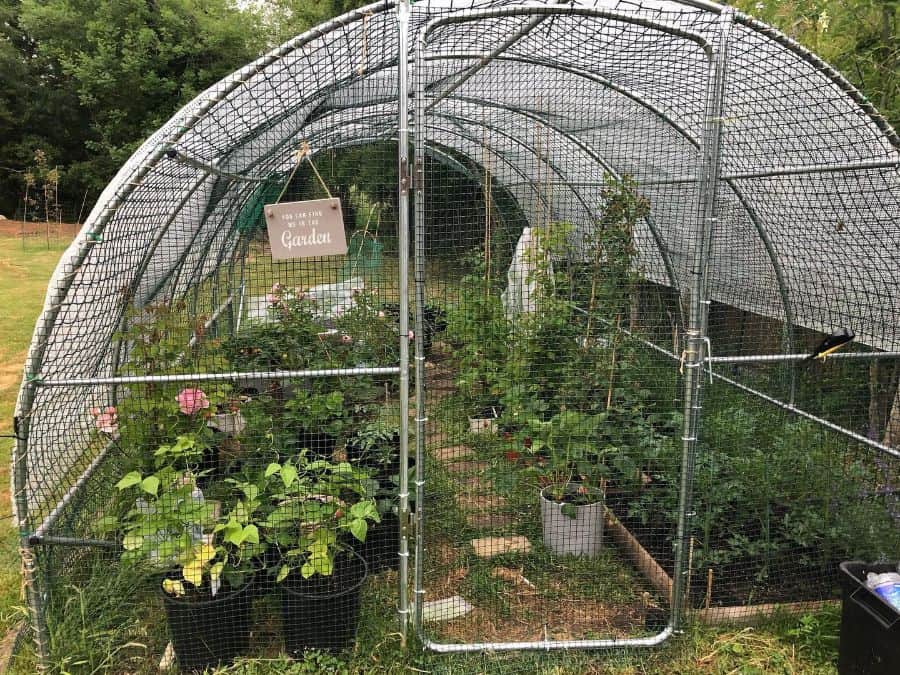
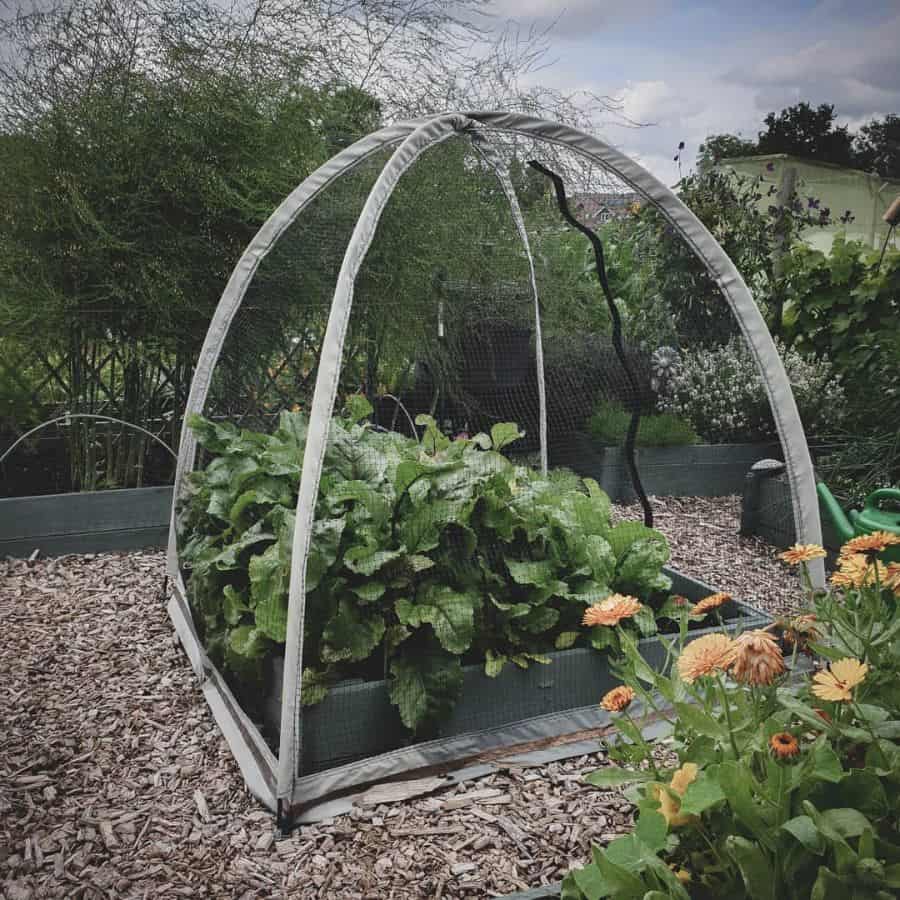
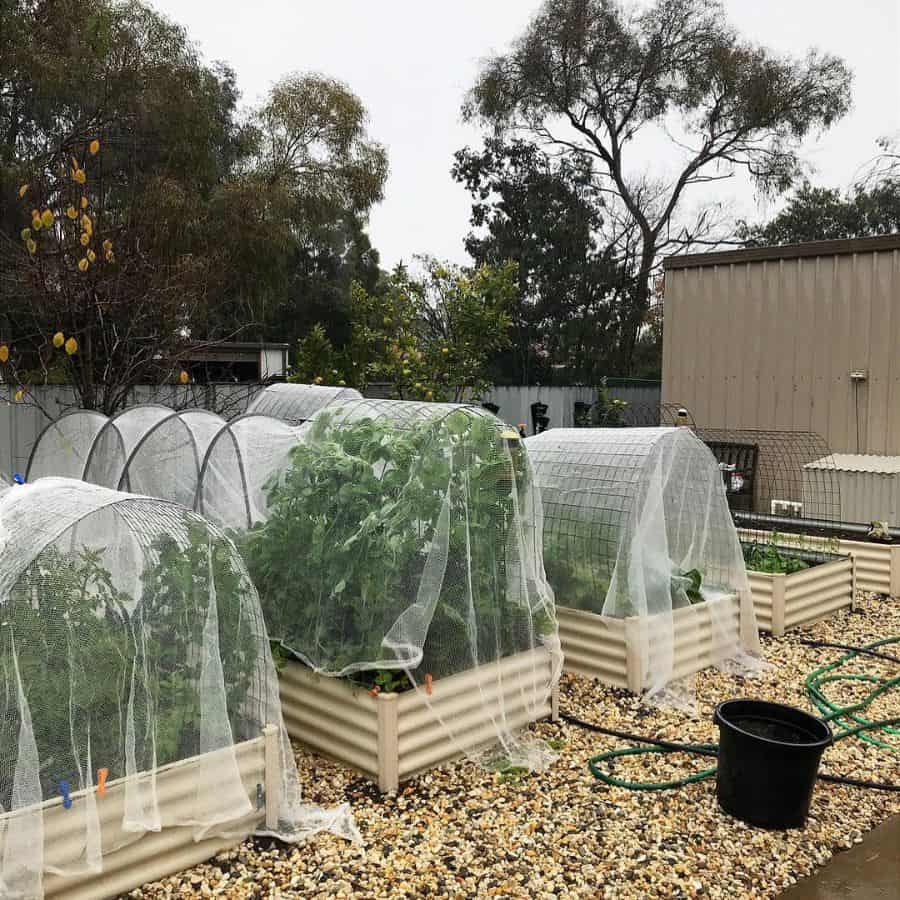
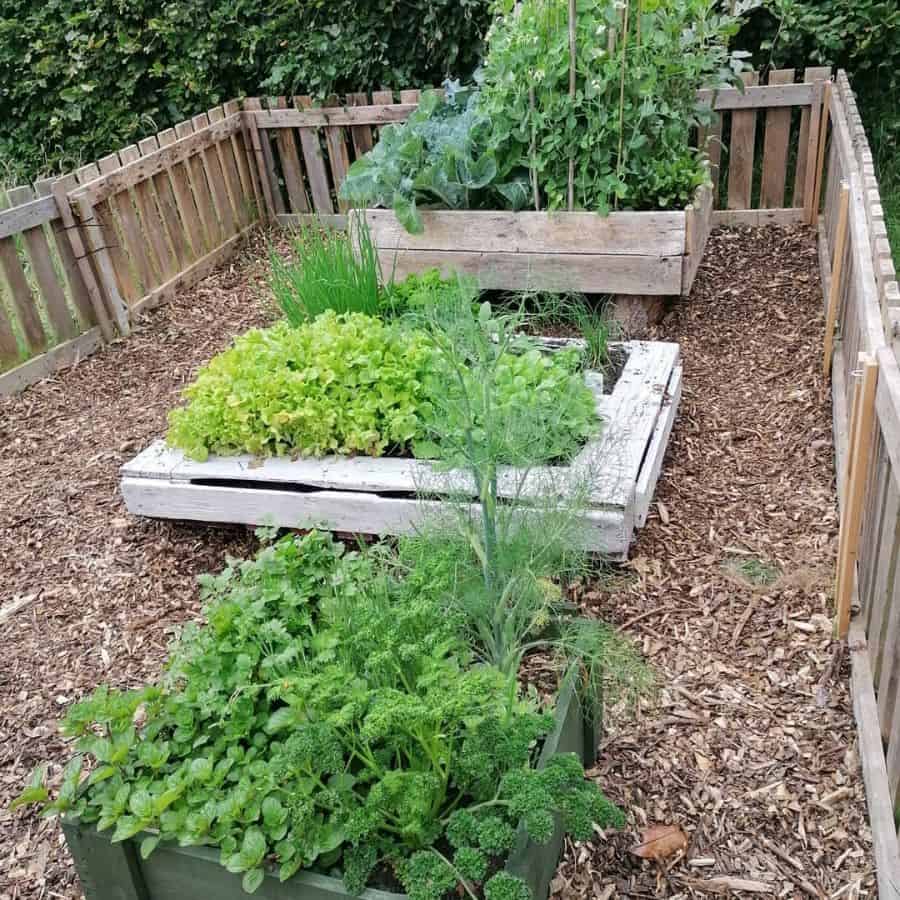
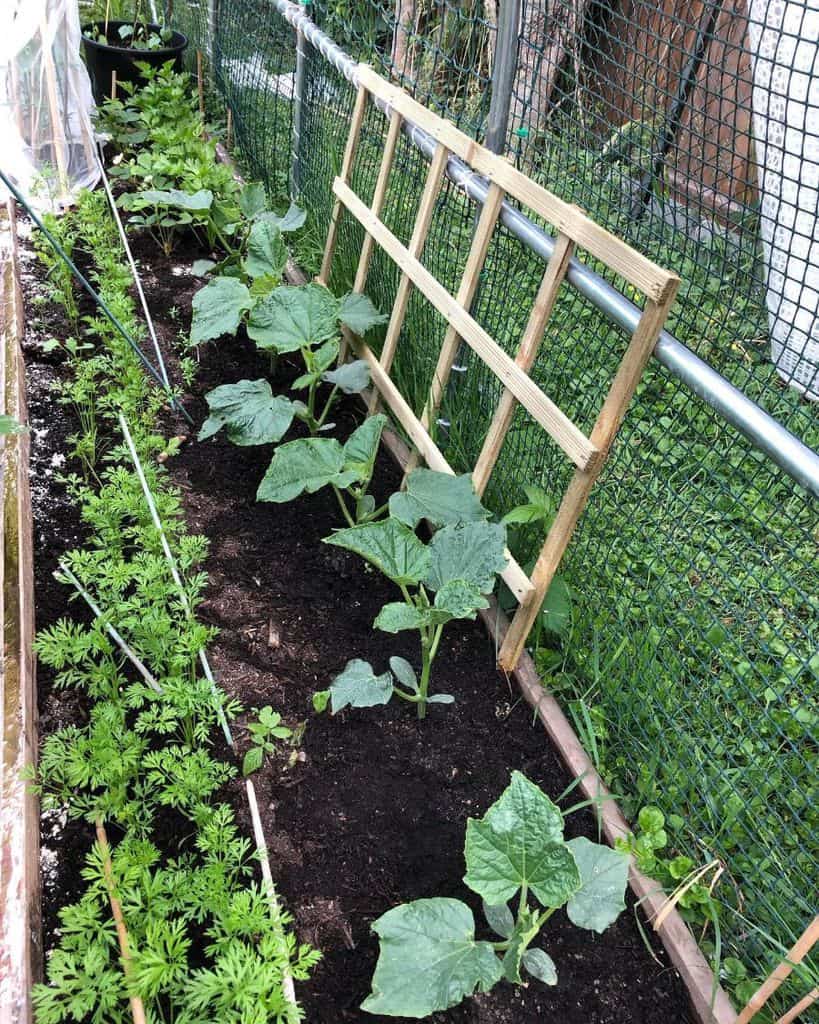
4. Harvest all year round
Becoming a gardener is hard enough without having to deal with the unpredictable weather. A greenhouse is a great way to better control the growing environment of your vegetables. This means you get higher quality vegetables and more of them. You also benefit from a longer growing season.
A smart gardening plan is to grow your seedlings in your greenhouse. This allows you to start harvesting vegetables earlier. Once it’s warm enough, you can transfer them to the ground. If you don’t have enough space to grow them outside, you can keep them in the greenhouse all the time. However, make sure you know which plants need hand pollination as bees and other pollinators cannot enter your greenhouse.
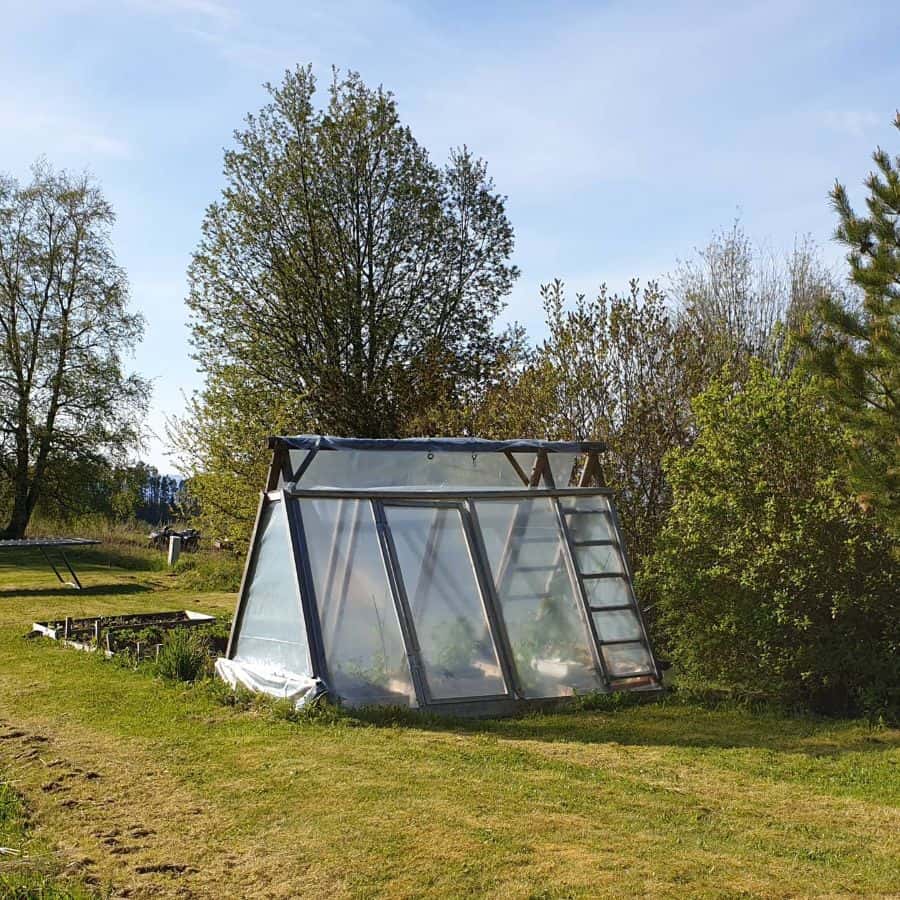
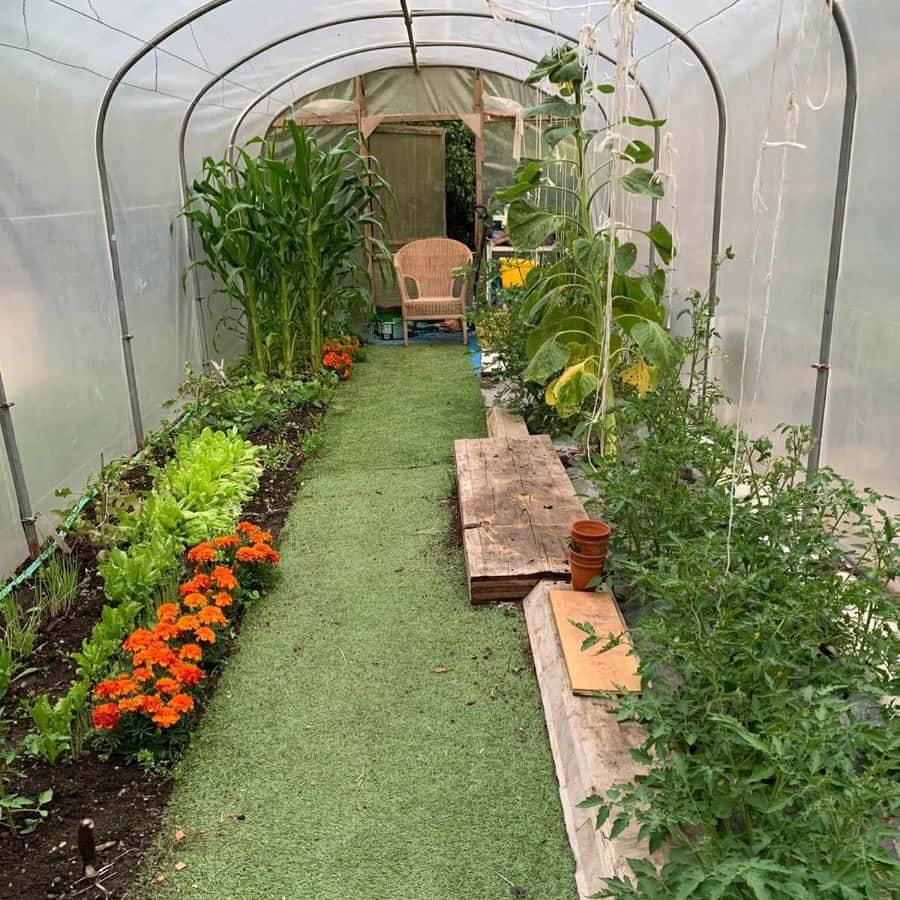
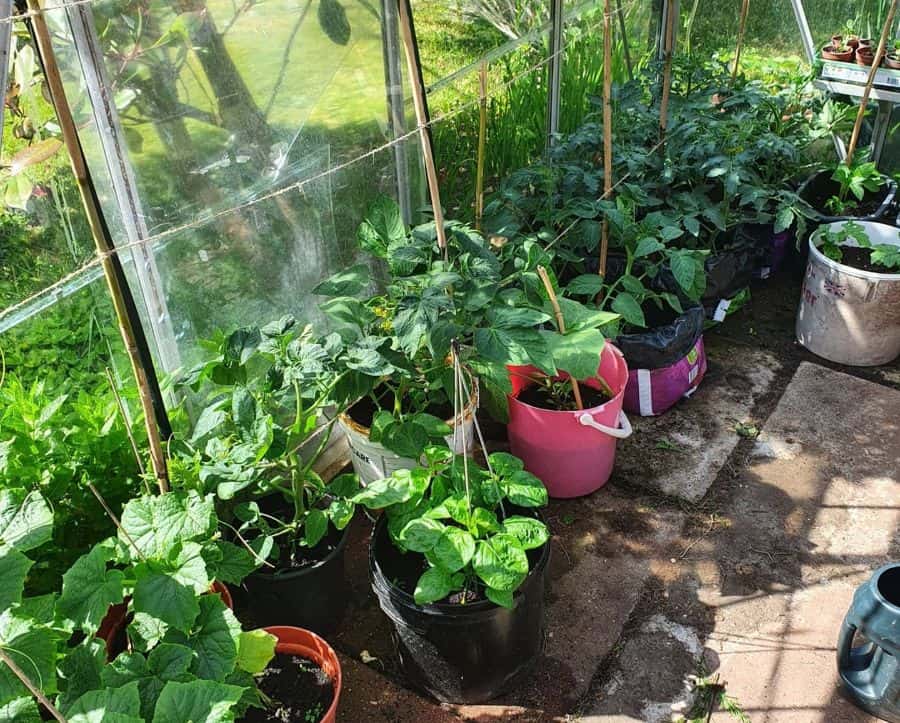
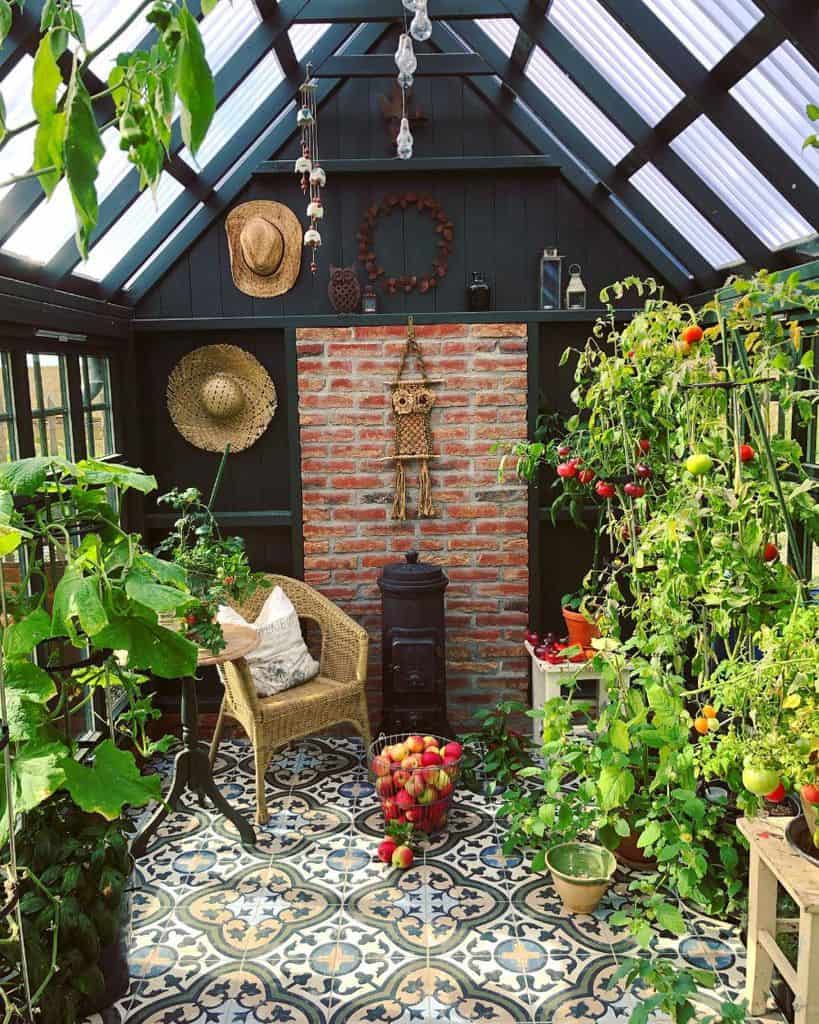
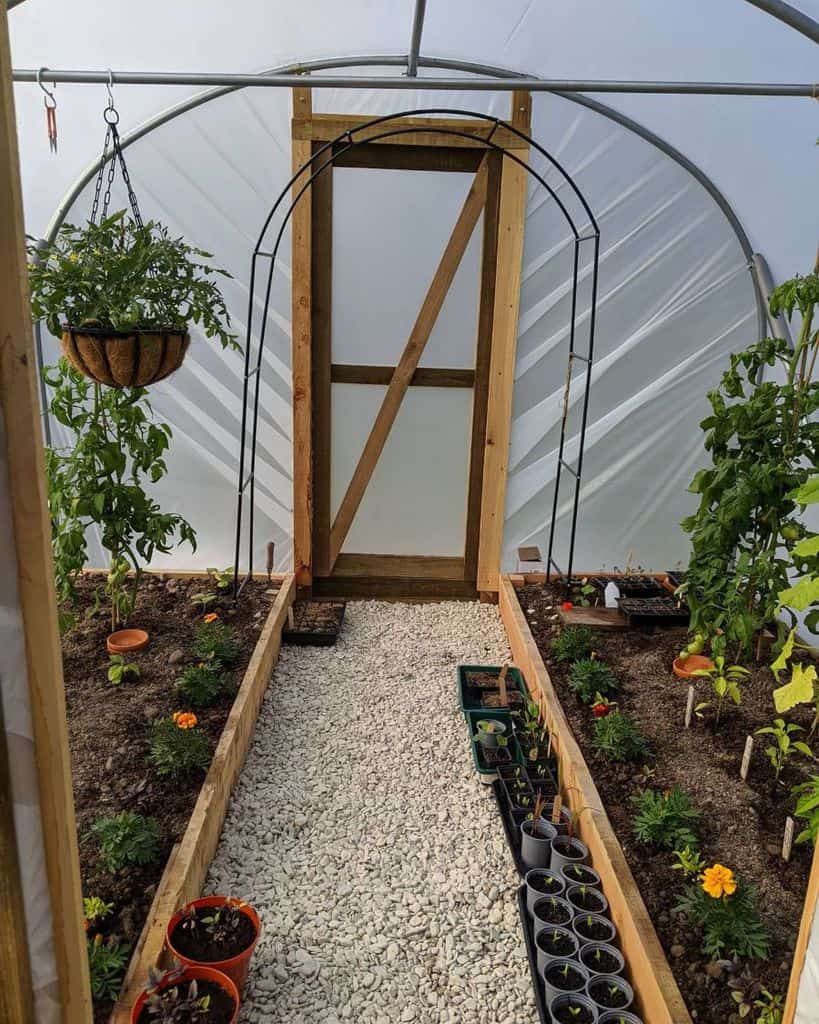
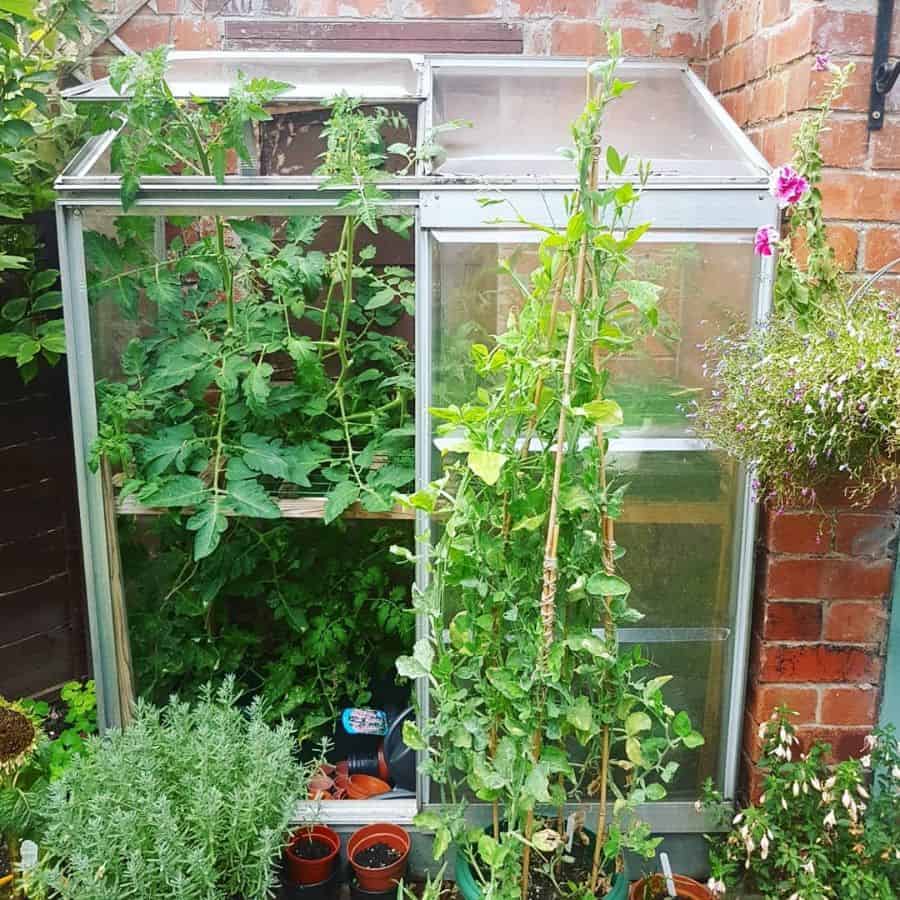
5. Modern cultivation options
If you have a large space in which to set up the system you need, you could have a hydroponic system. Although these systems require a lot of space, they are well worth it. They either use long tubes or a table set up to grow the plants in water. This eliminates the problem of crop rotation as the water rotates and not the crops. One disadvantage of this setup is that it is the most expensive to install and implement.
If you want to try hydroponics, consider growing lettuce, tomatoes, radishes, kale, spinach, and cucumbers. These plants all thrive in this moist environment. Skip root vegetables like potatoes, carrots, turnips, garlic and onions. These plants need soil to grow properly.
Consider the additional needs of your plants. Melons do great in hydroponics, but they are also heavy, so you will need to reinforce your system. Tomatoes and other vining plants require a trellis to support their growth.
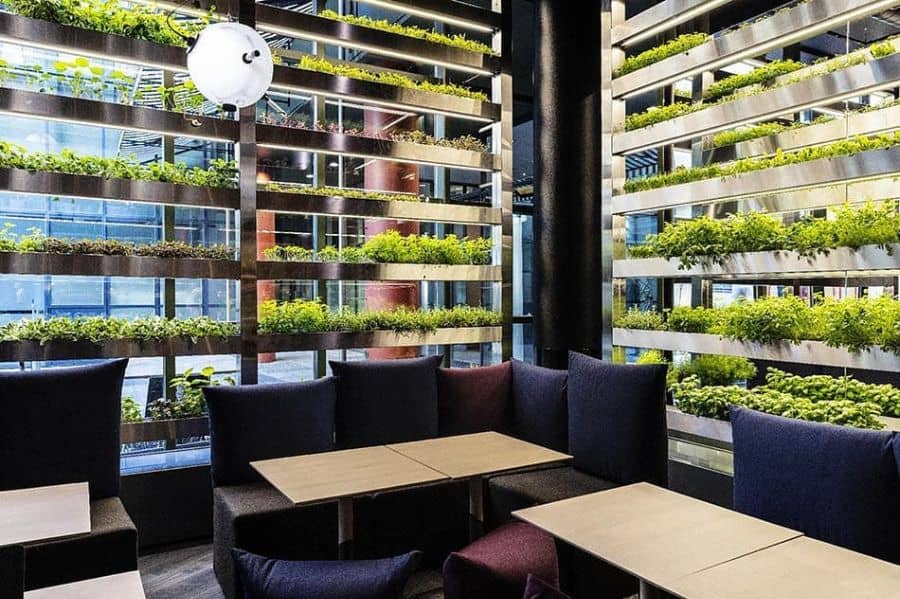
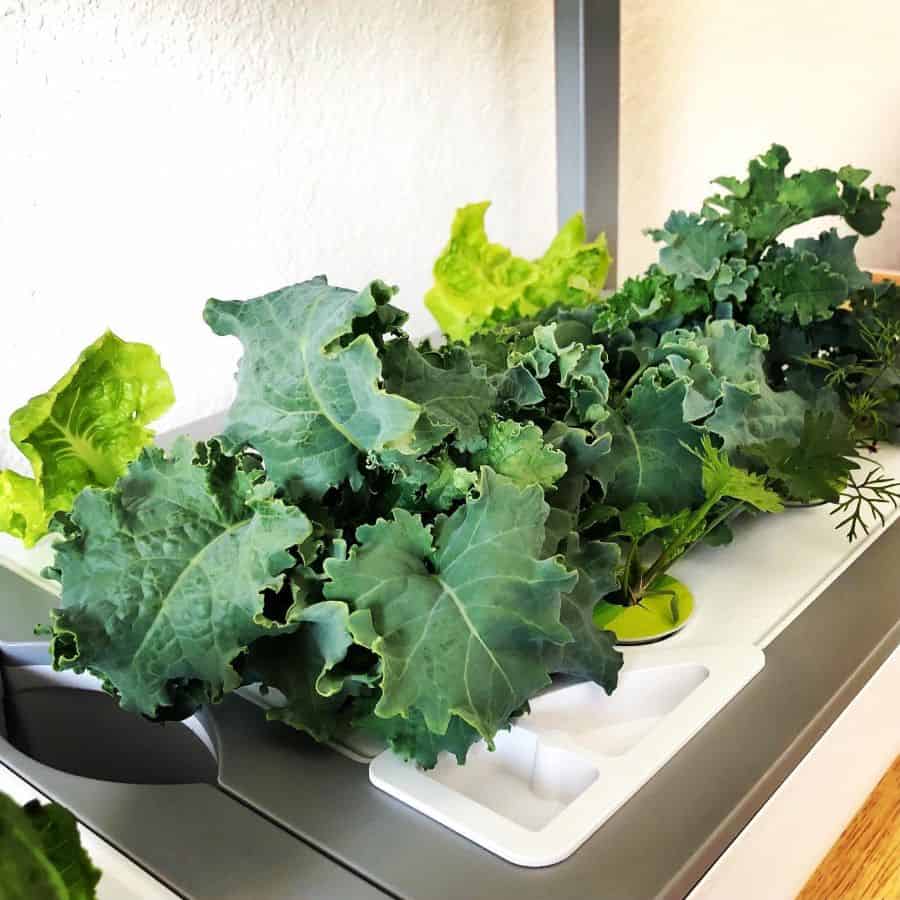
6. Master layouts
When thinking about vegetable garden design ideas, you want to find one that you can adapt to your space and vegetables. Consider creating a flower garden that also grows vegetables. Now you have a beautiful, edible garden. Try to choose the sunniest locations for your vegetables, as most of them require five to six hours of direct sunlight per day.
Don’t forget to create walking space around the plant beds. They don’t have to be huge, but they should be large enough to allow you to move safely through the area. Then you arrange your vegetables. Don’t rush them; Each type of vegetable requires a certain amount of space to grow well. Also consider their size. You don’t want to plant something that will grow very tall and provide too much shade to the plant next to it.
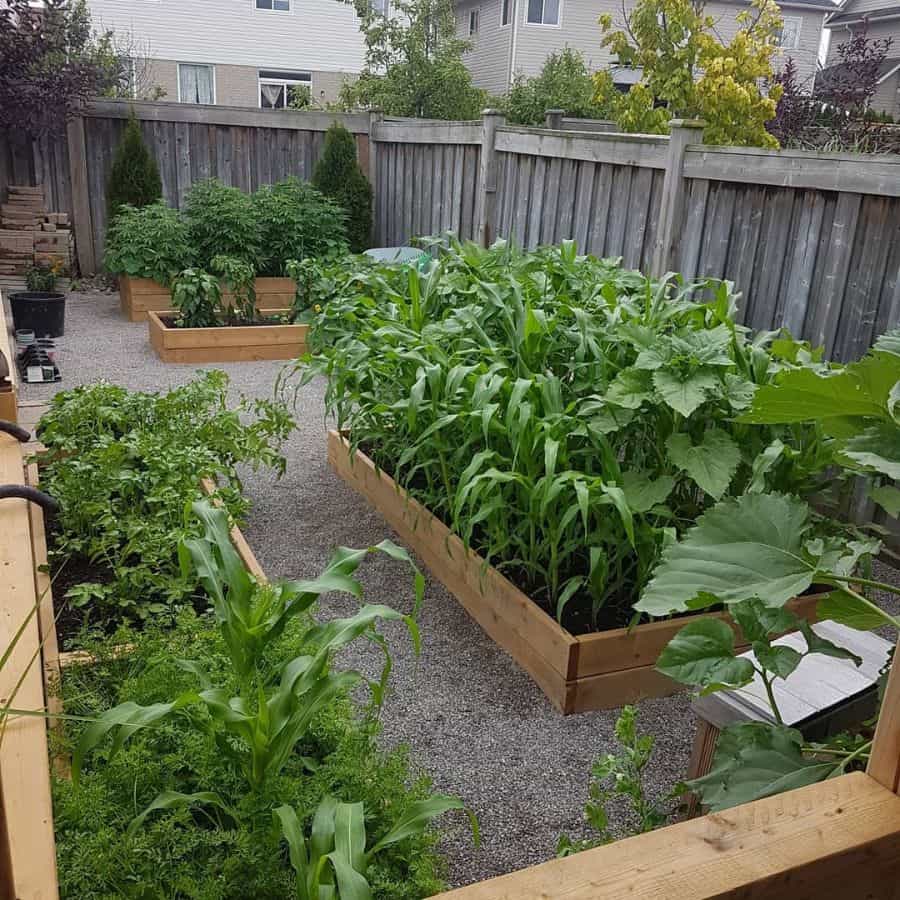
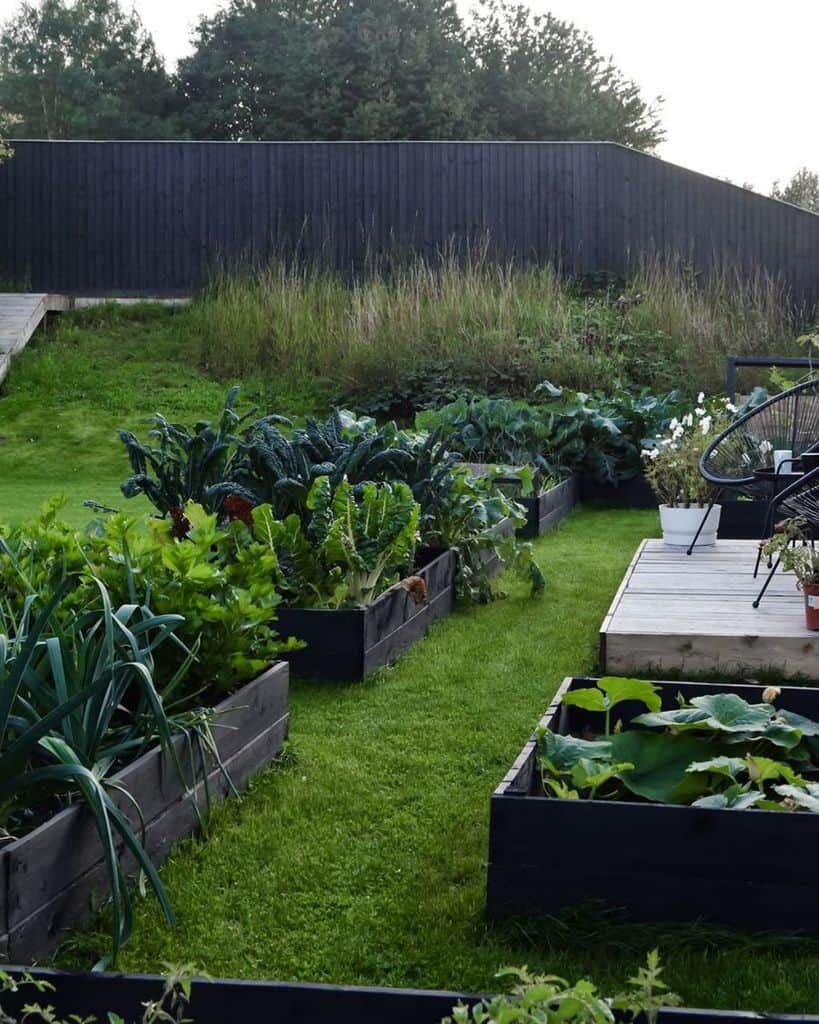
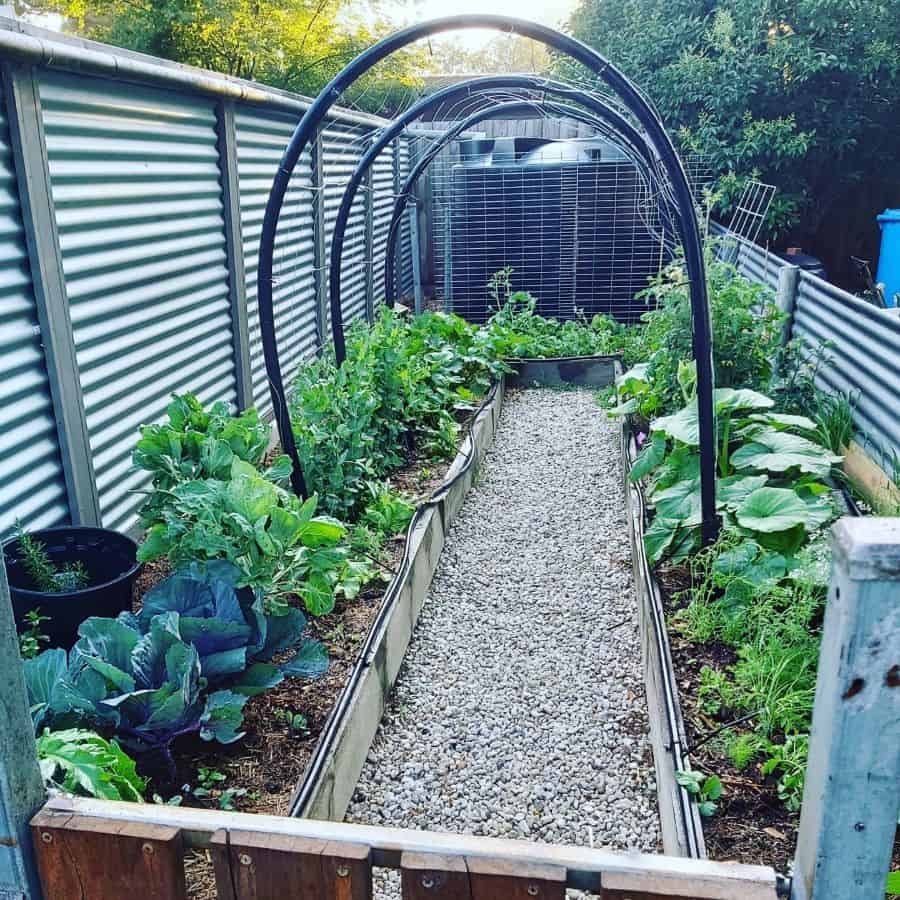
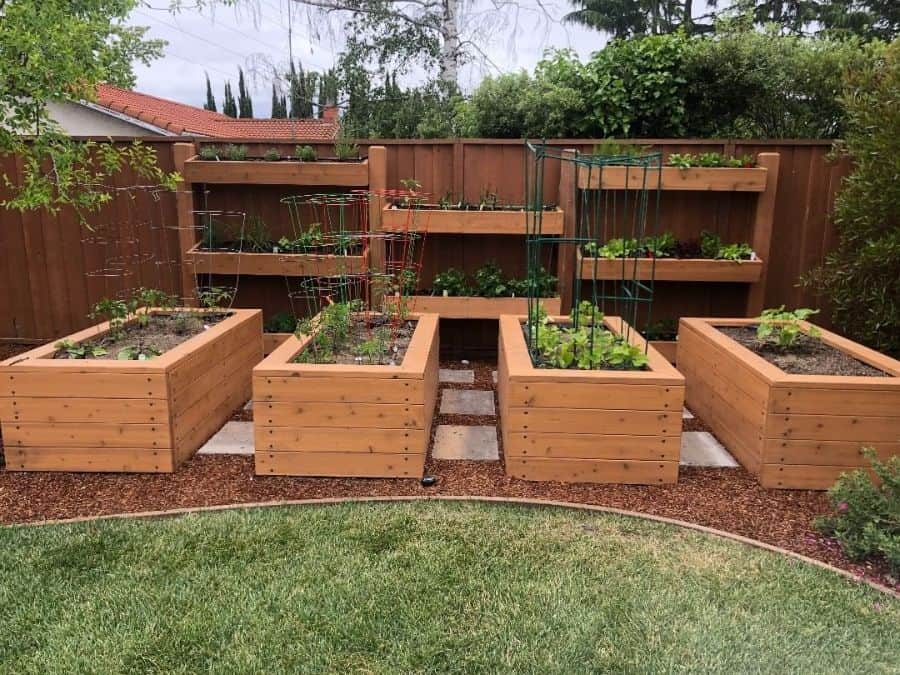
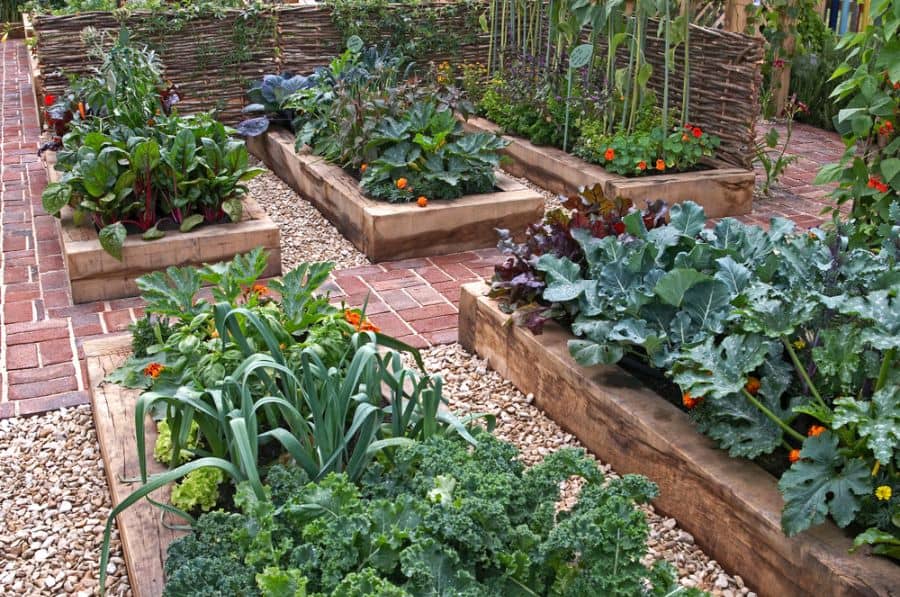
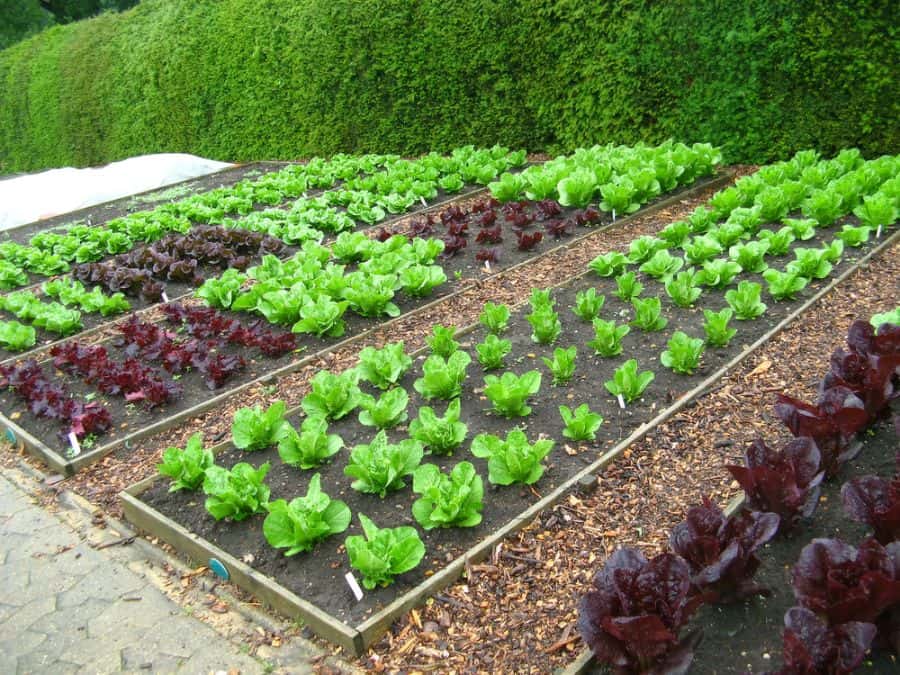
7. Pots of potential
Not all of your vegetables need to be planted in the ground. If you have a patio or patio area, you can grow plants in hanging planters or pots. This unique vegetable garden design creates decor while creating produce. Pepper plants are great for this as they produce numerous colorful peppers that look great and that you can use in cooking.
For a traditional look to your plants, you can use clay or terracotta pots. But don’t be afraid to get creative. You could recycle tires by placing them on the ground and filling them with dirt. Or you could fill an old bathtub with dirt. If you’re crafty, you can construct a large frame and hang multiple rows of plants at different heights.
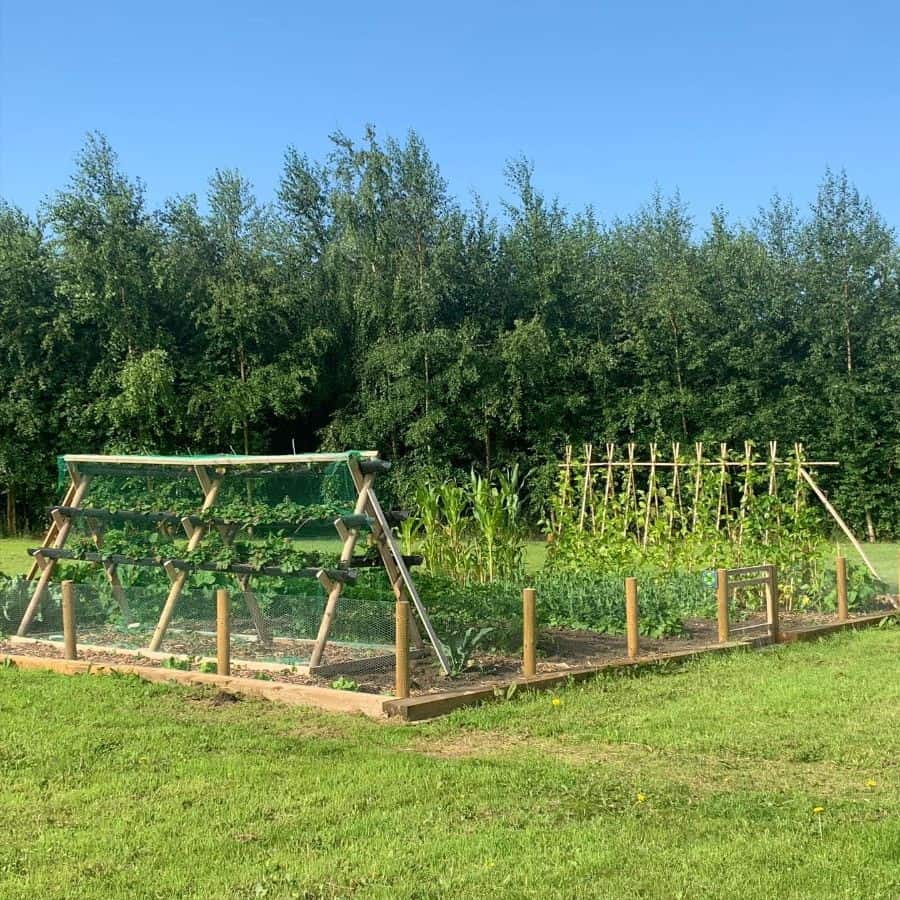
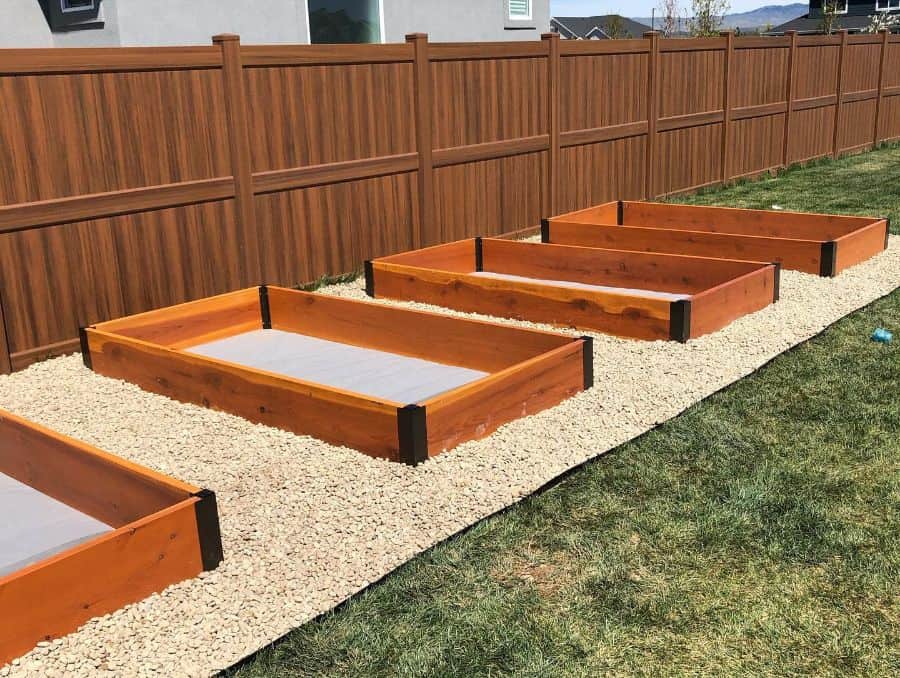
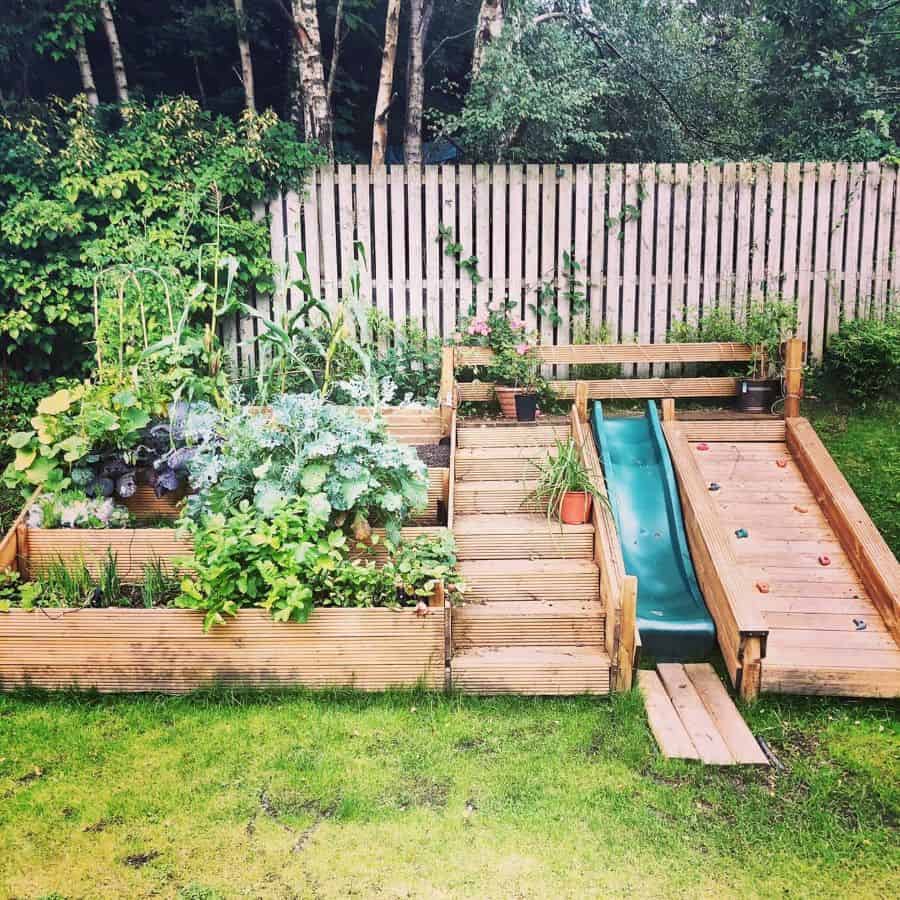
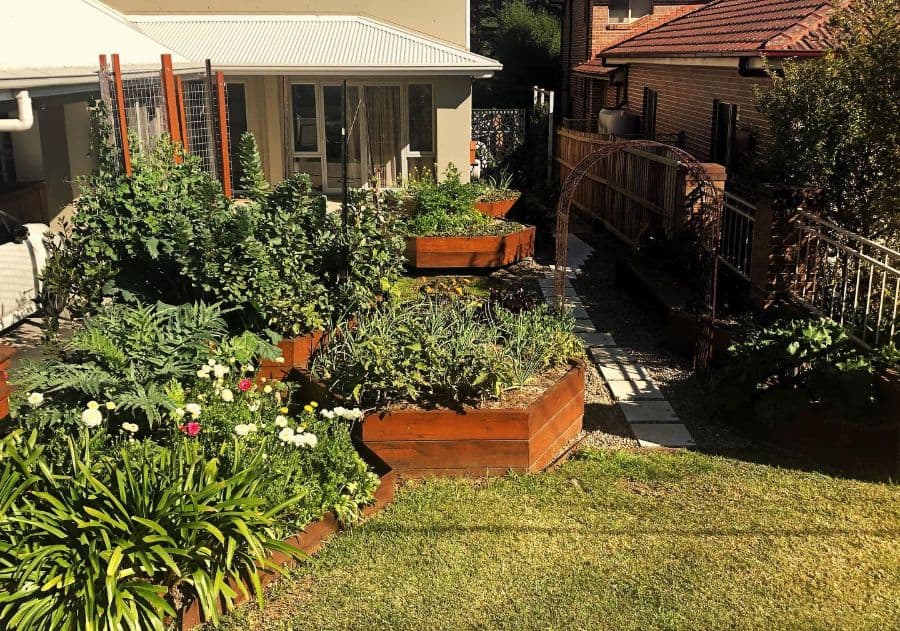
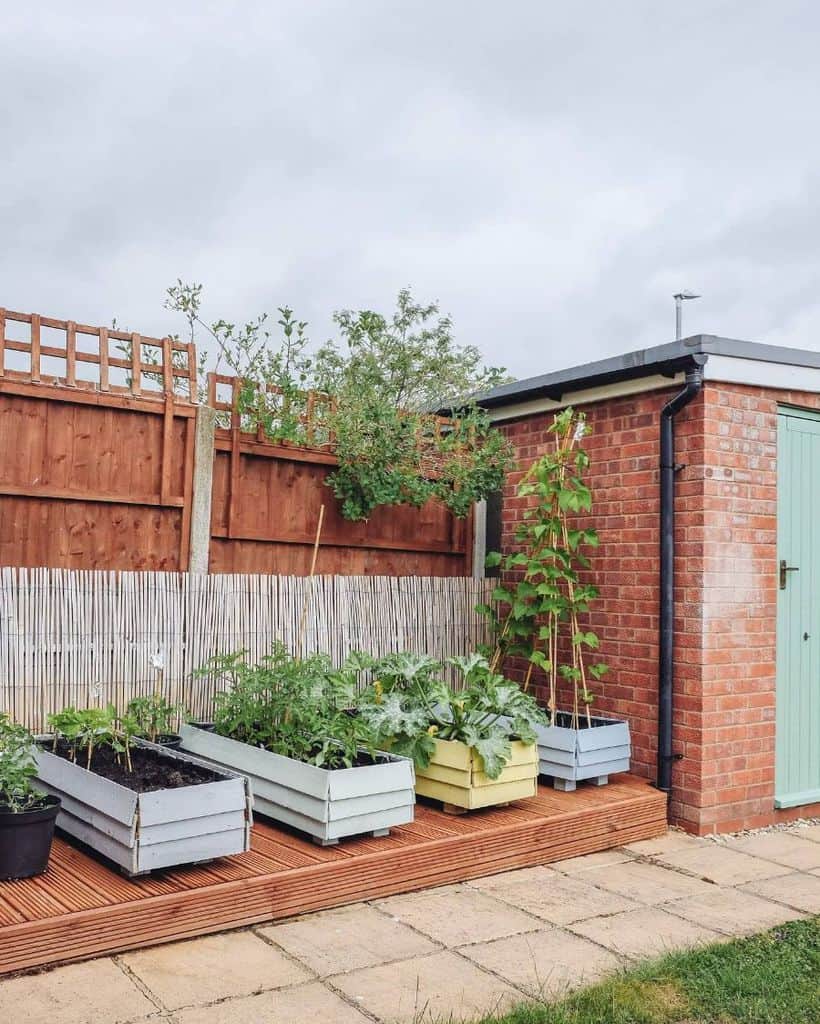
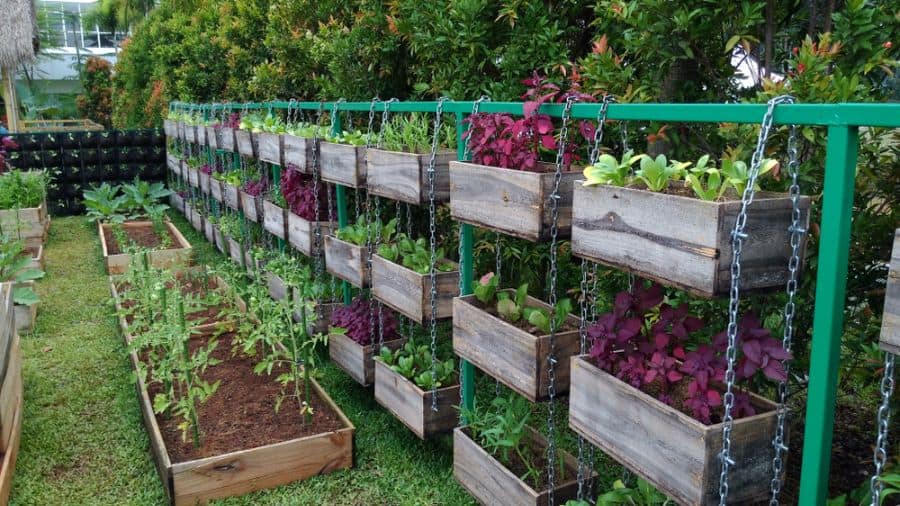
8. Level up with raised beds
The easiest and fastest way to create fertile soil for growing your vegetables is to build raised beds. Then you can build with the soil instead of struggling with digging up your less hospitable soil. This also works well to create integrated walkways around any raised box. To get the most out of your tall boxes, look for ways to implement successional planting.
By sowing at intervals, you can achieve a higher yield and enjoy more of your crop before it dies down again. To achieve this, start early with plants that are hardy enough to be planted at the end of winter. Then when they’re ready, harvest them and plant something that grows better in the mid to late season. You can also plant the individual plant species staggered.
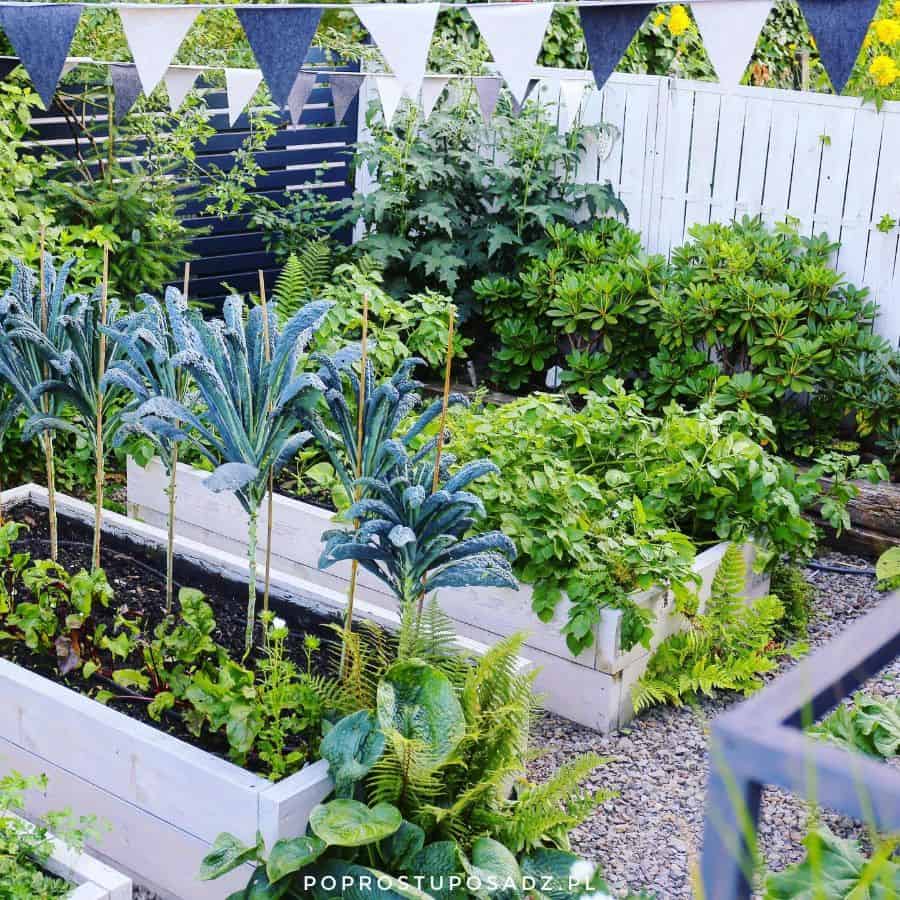
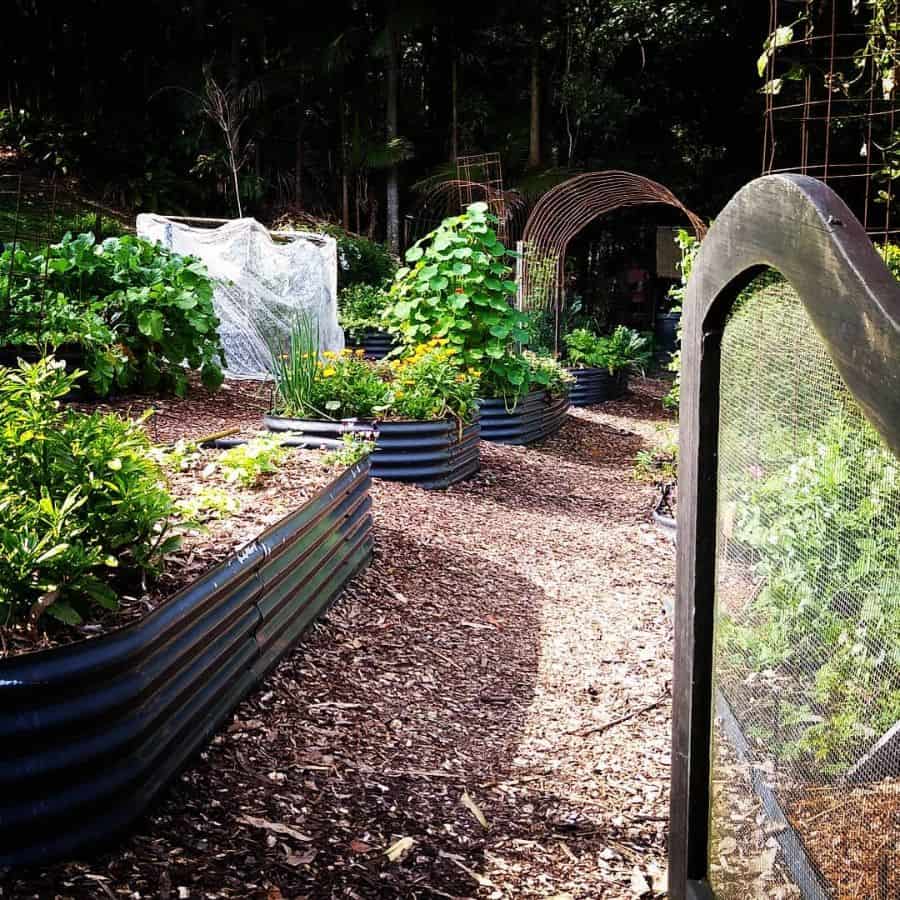
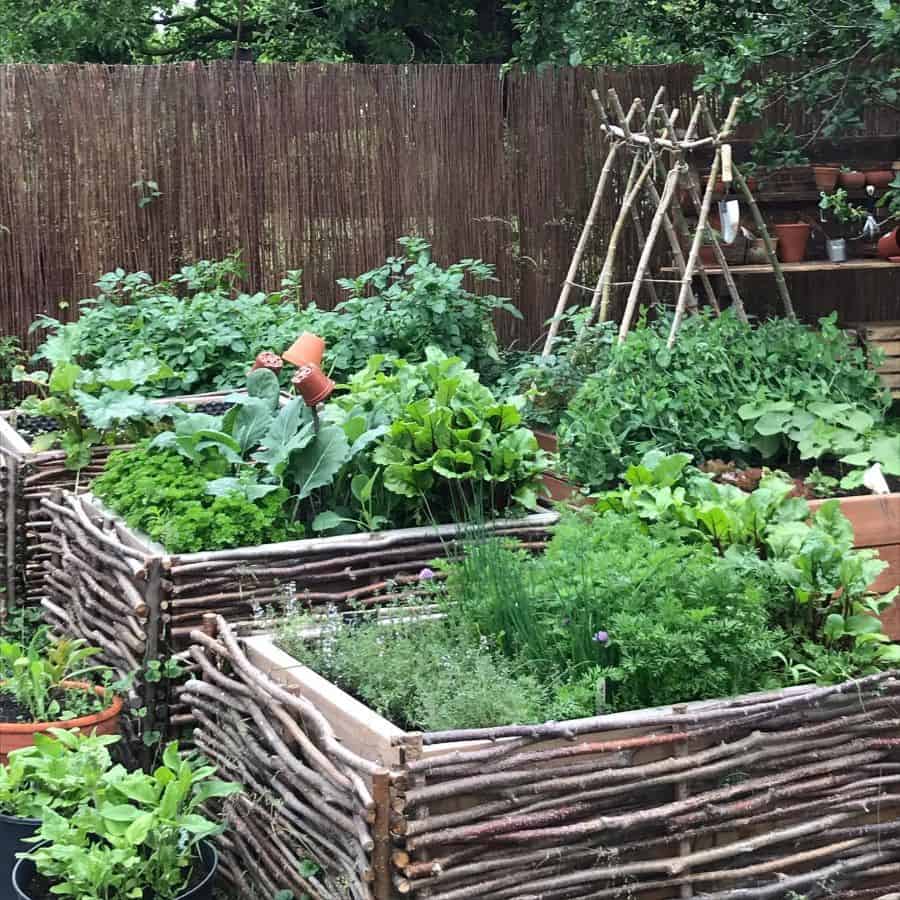
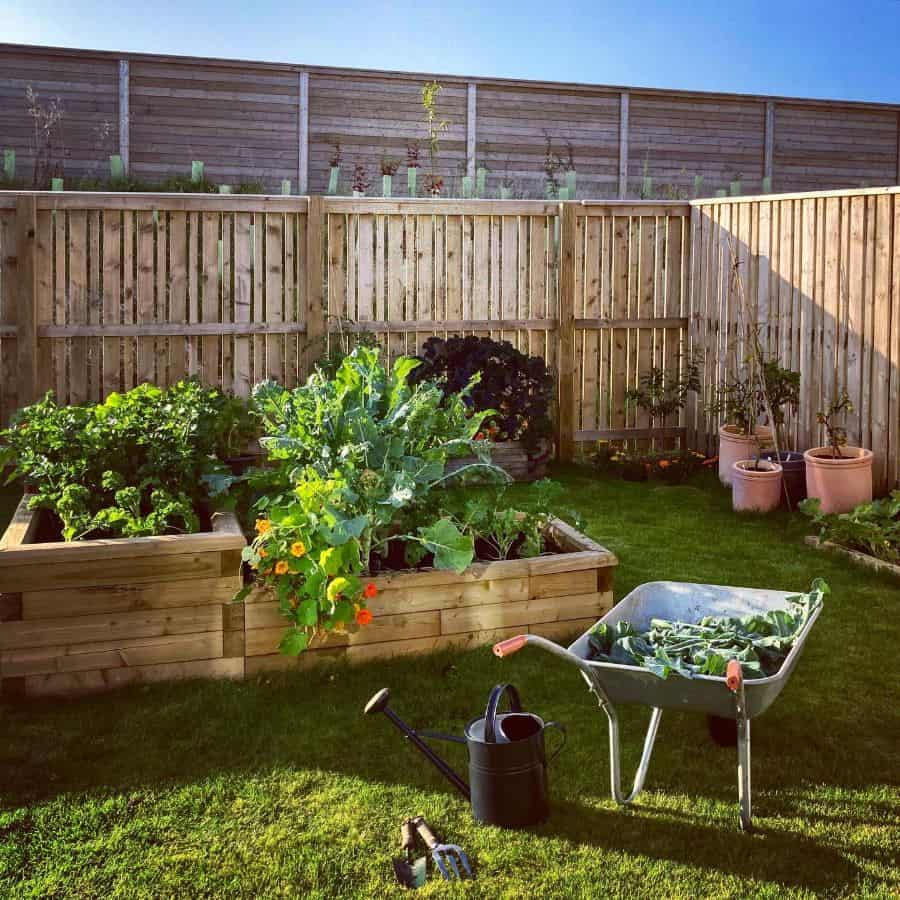
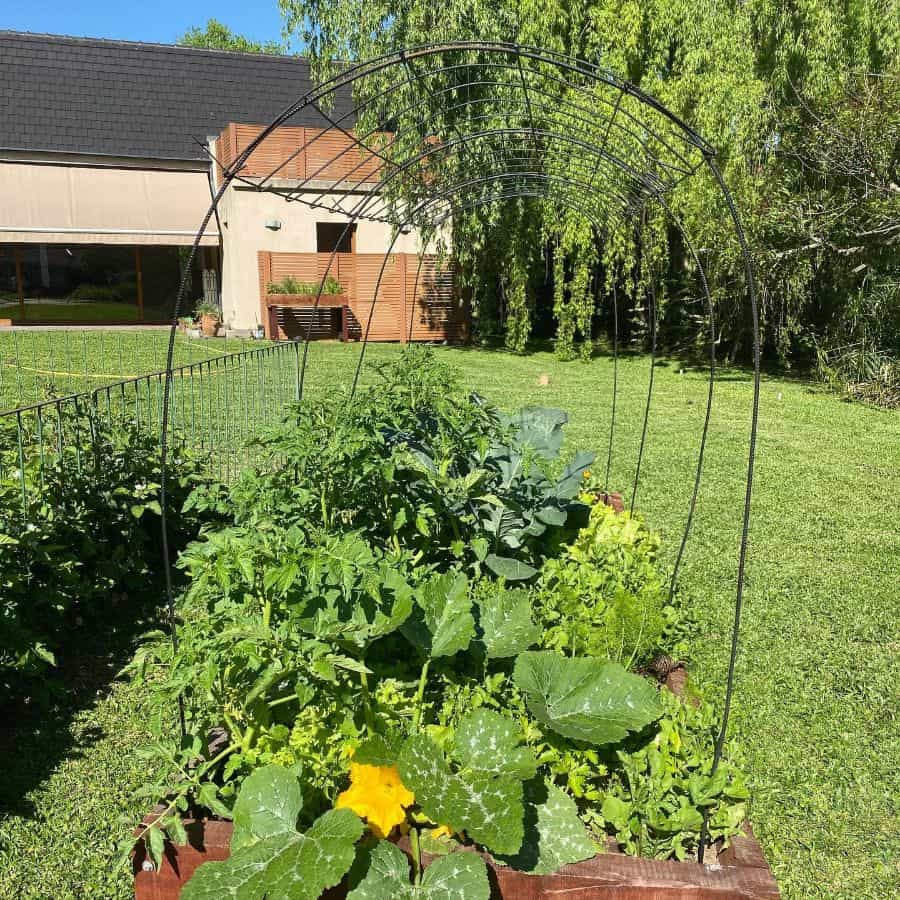
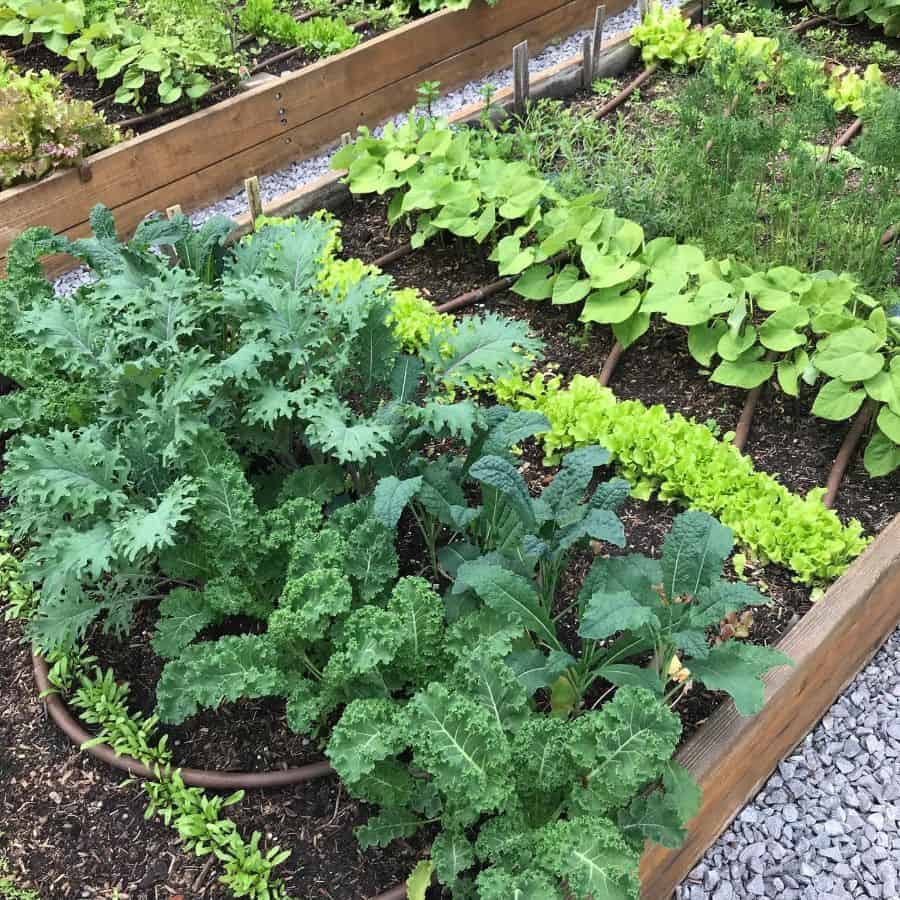
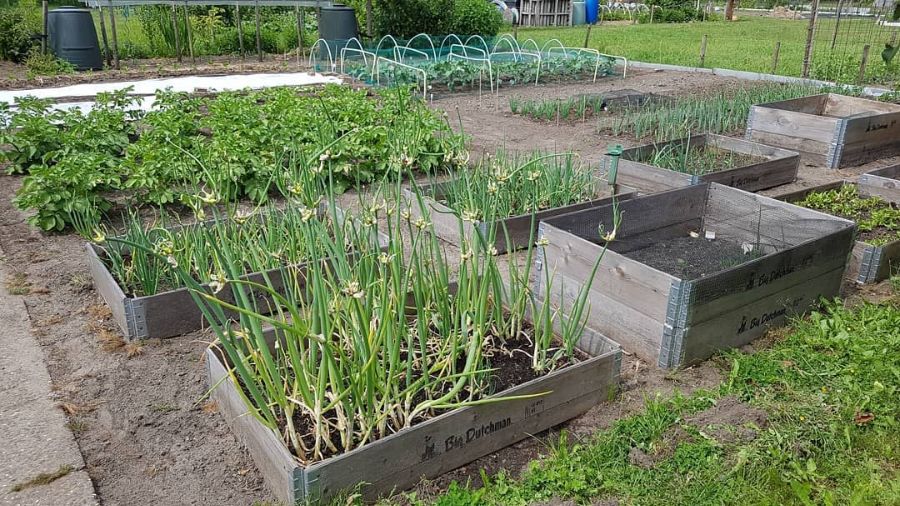
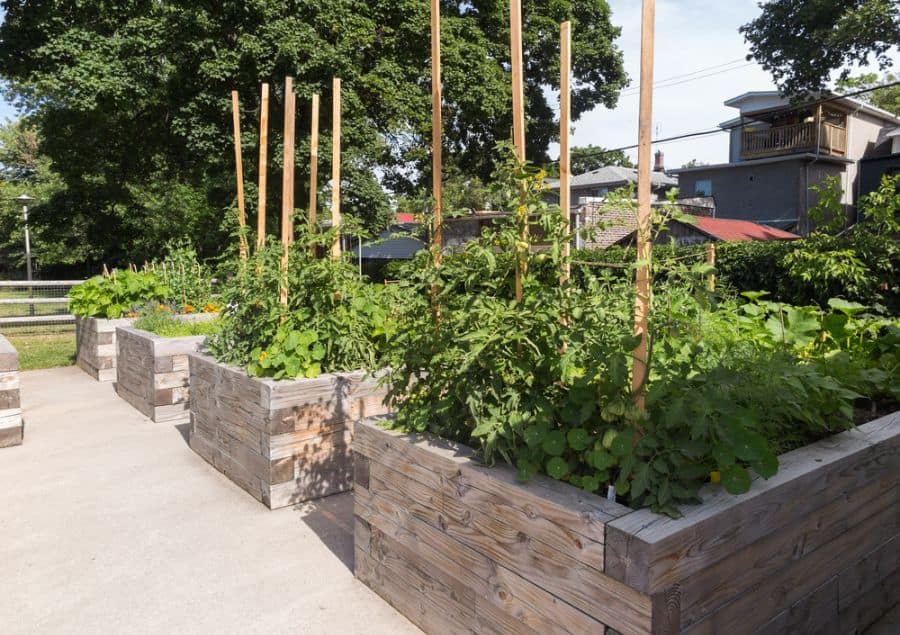
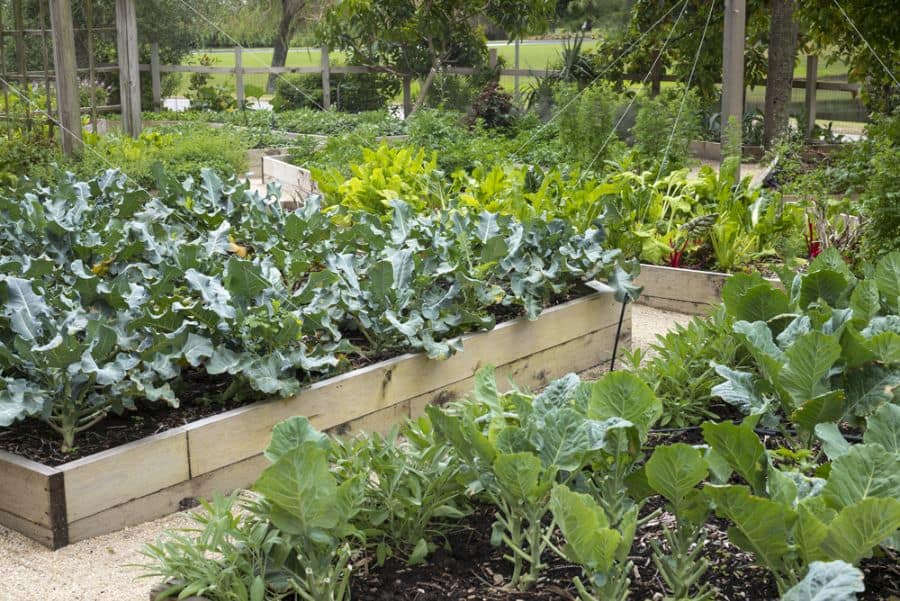
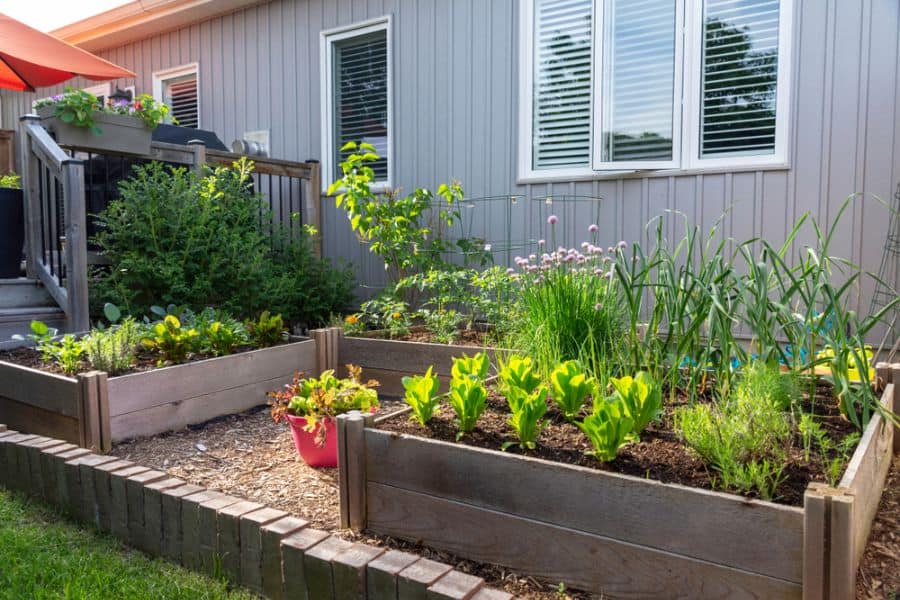
9. Aloft Agriculture
The great thing about a vegetable garden is that you can scale it as big or small as you have space. Whether you have a small garden or a large vegetable garden, plan to plant all of your plants in pots or containers.
If you don’t have much space to work with, try vertical orientation. You could hang a planter on your railing. Or you could have a stand with multiple trays on different levels. Just make sure your balcony faces the right direction so it gets enough sun and rain. Rooftop gardens can receive much more direct sunlight. You want to provide shade for some of your more delicate plants. Otherwise there is a risk that their leaves will burn.
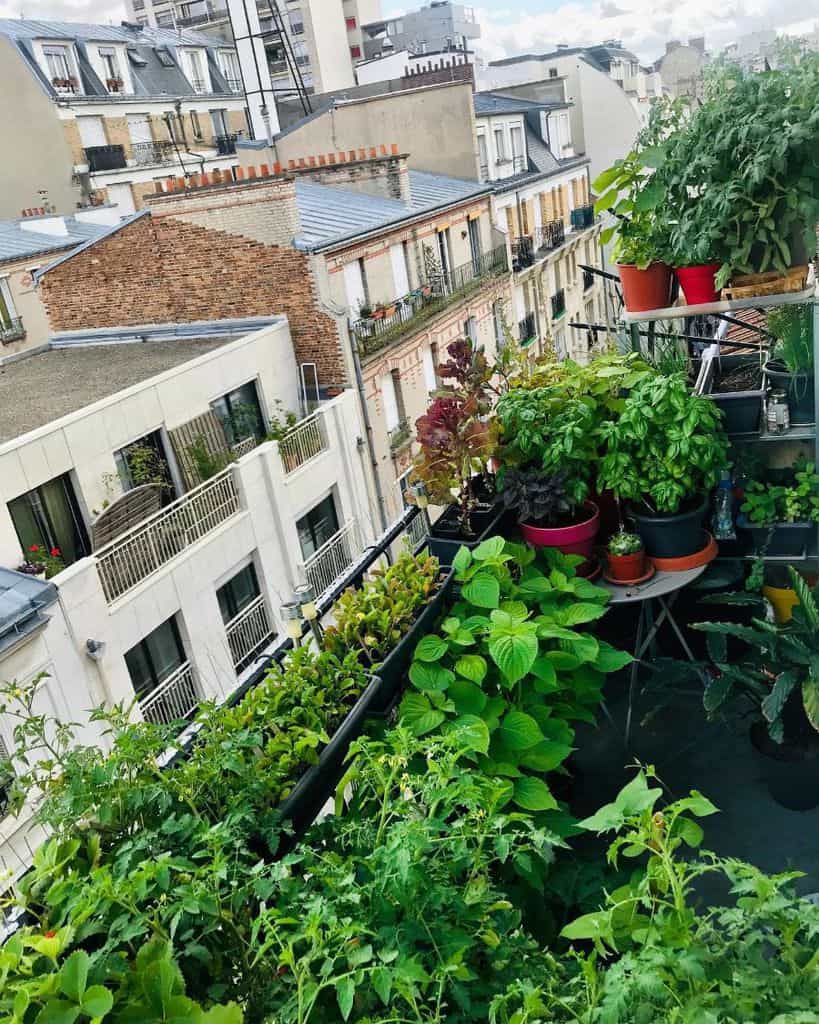
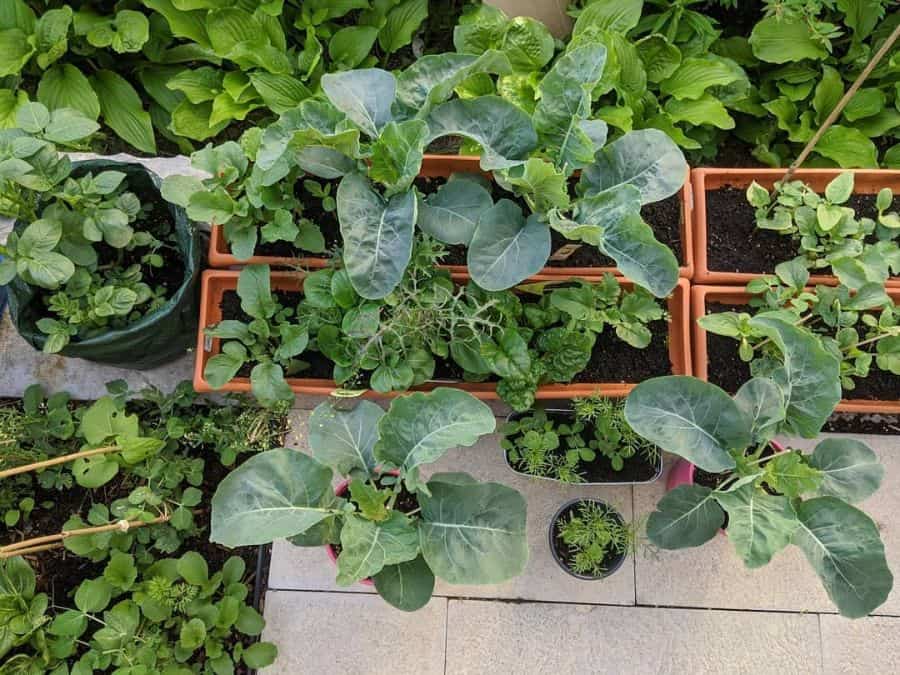
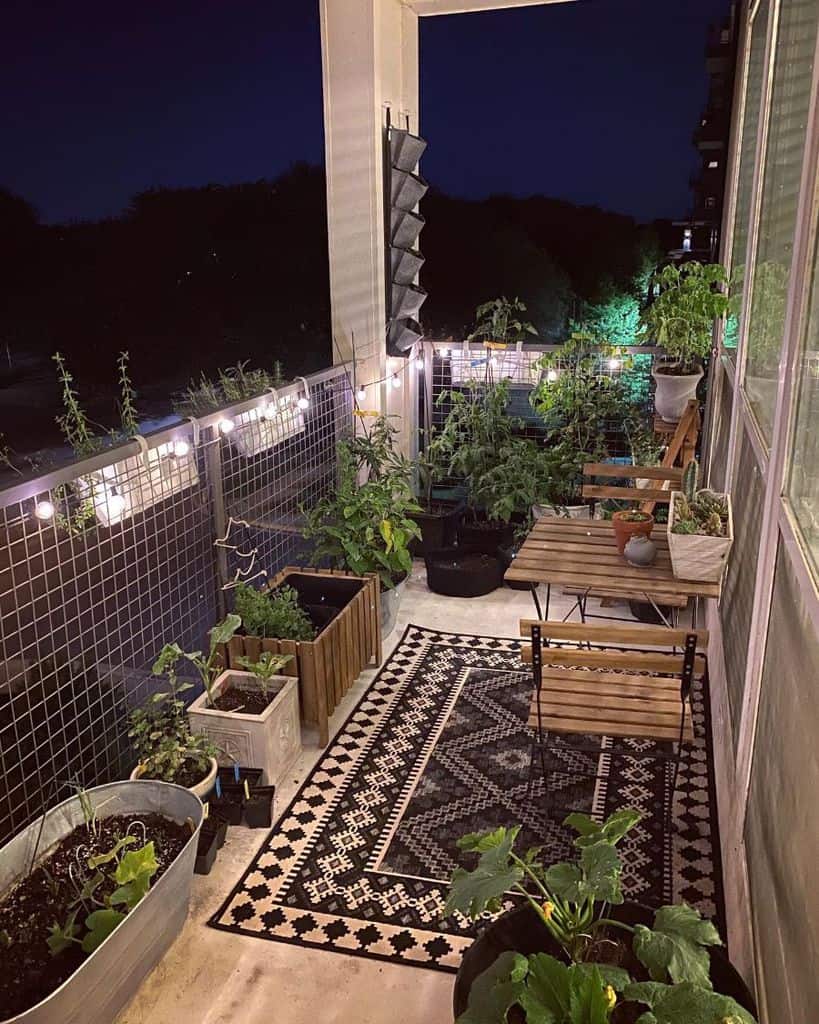
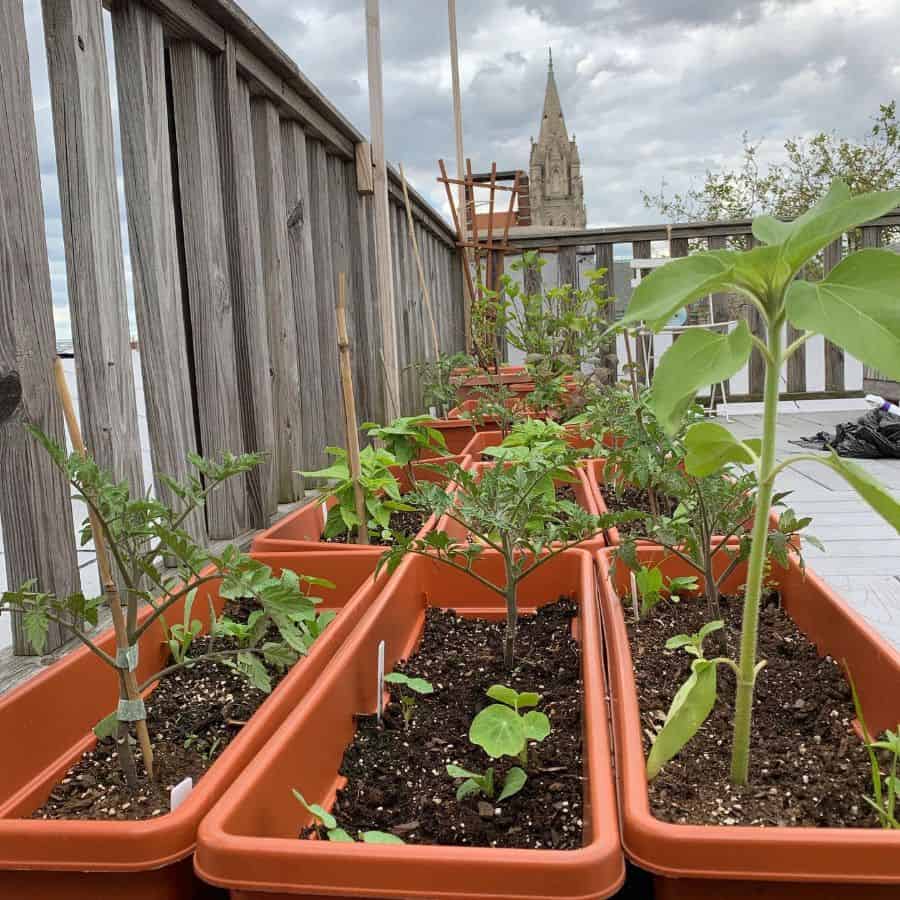
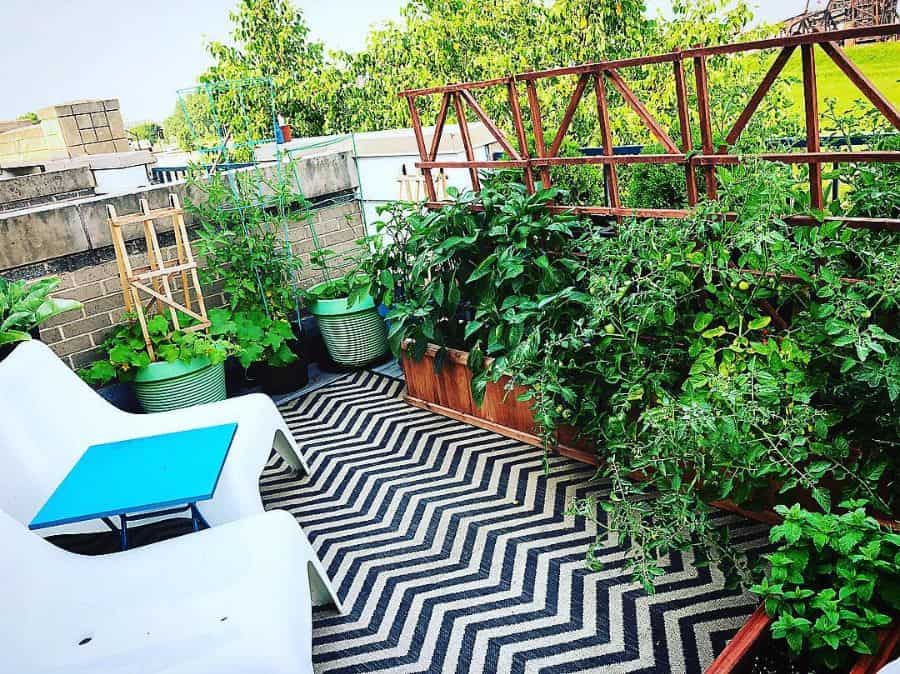
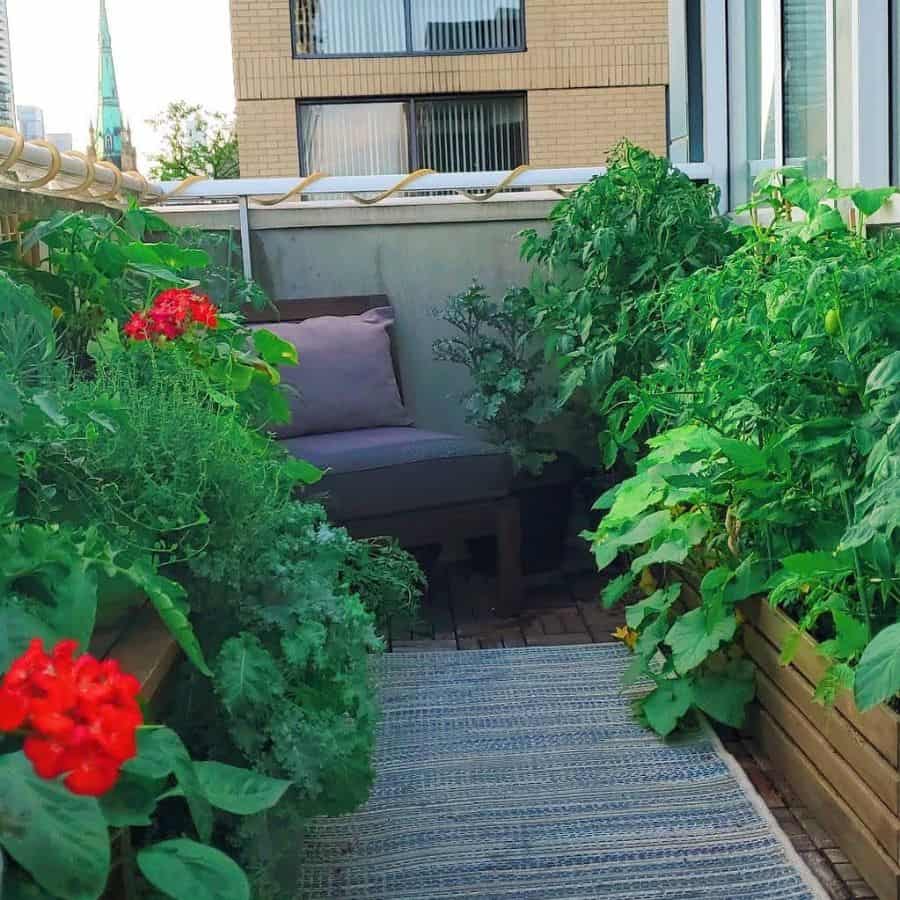
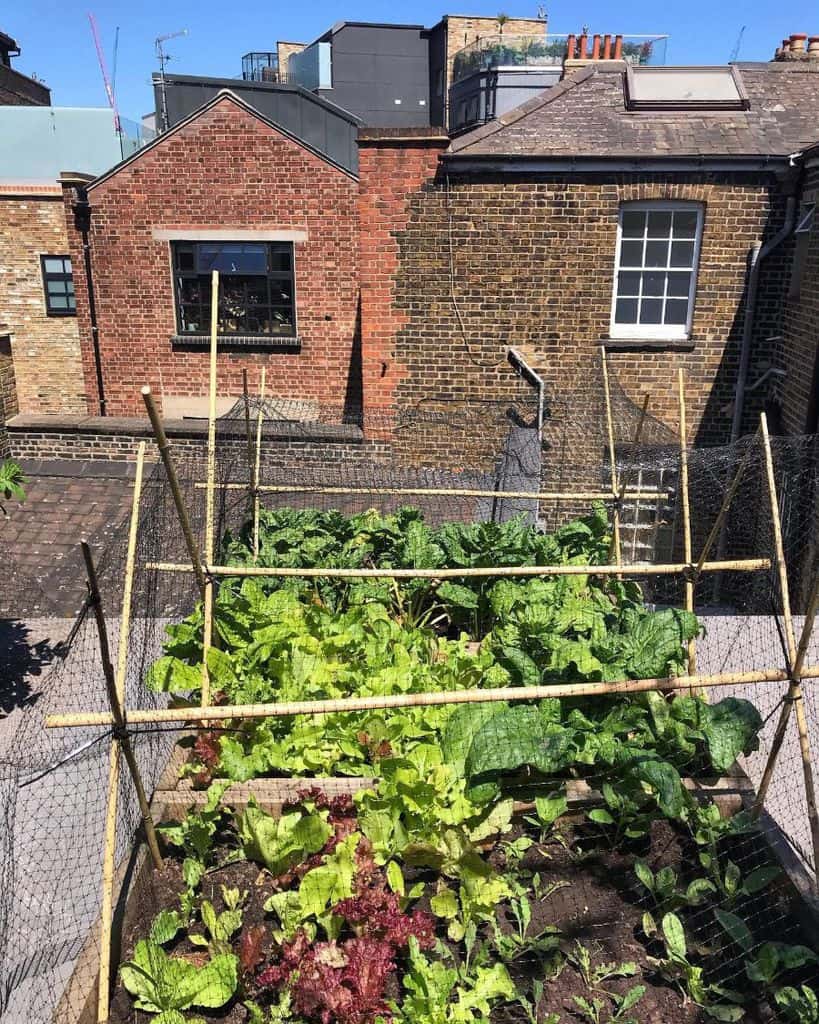
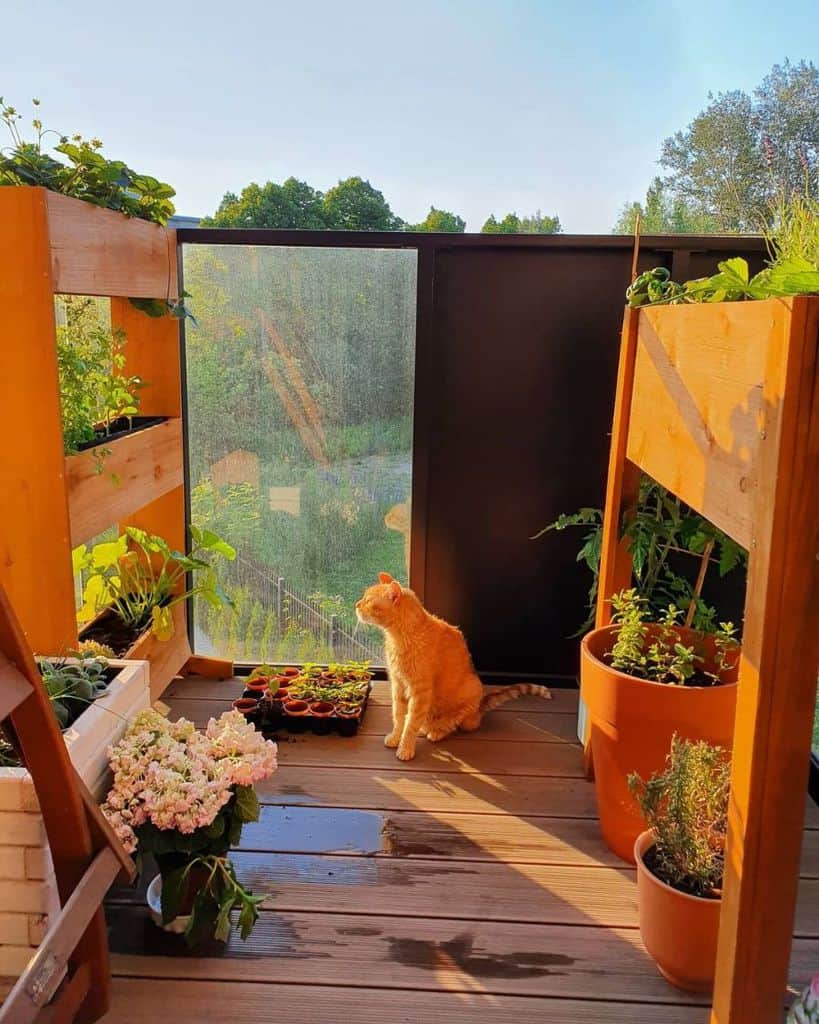
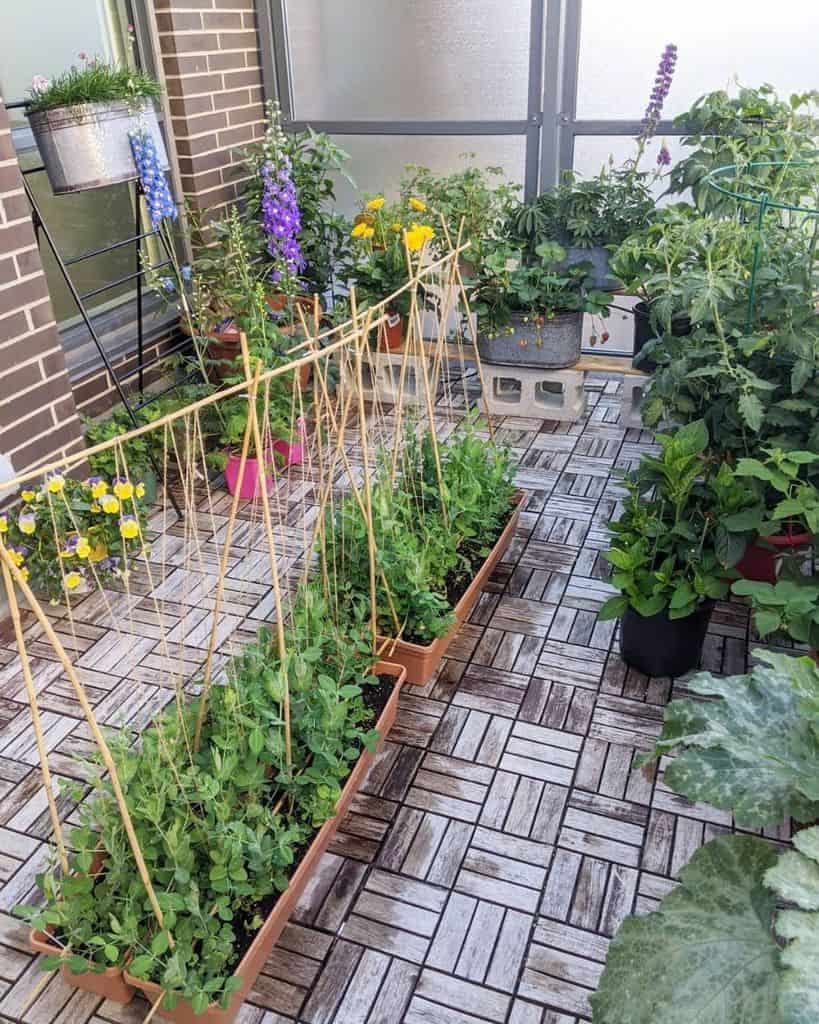
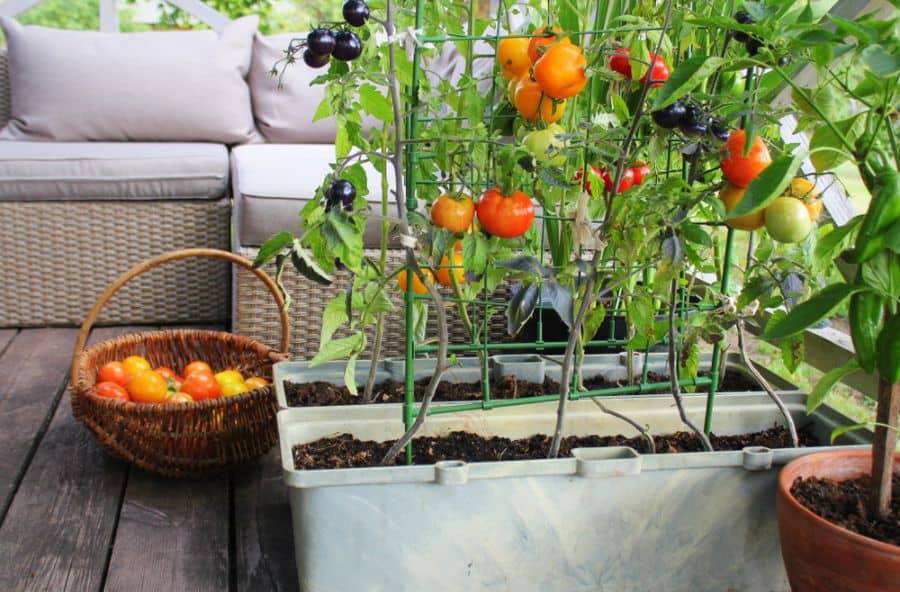
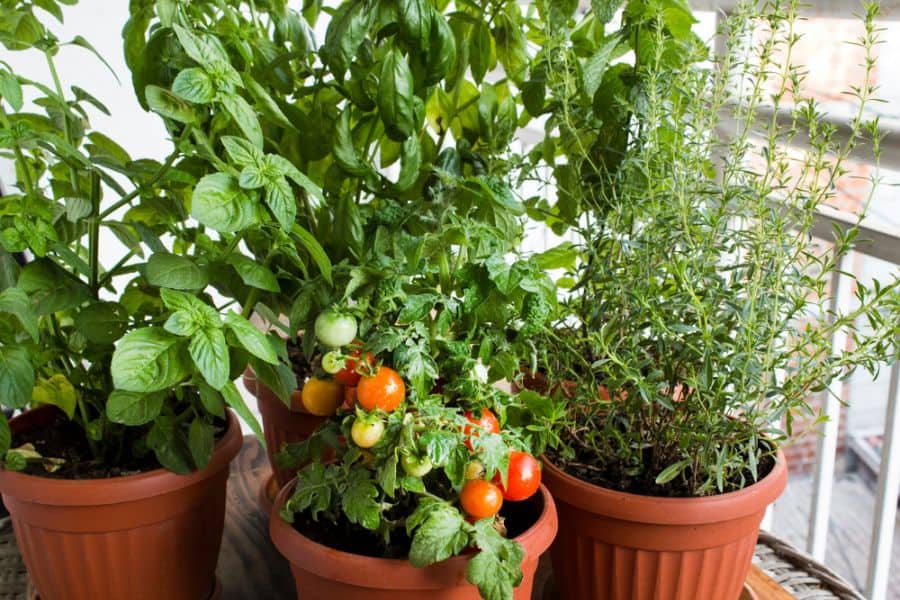
10. Side Yard Bounty
If you find that your garden is facing the wrong direction or is perhaps too shady, try a spot on the side of your house. You can create a long garden bed in your side yard. This type of garden design is beautiful because the shape makes maintenance easier.
If your property is surrounded by a fence, you can increase your space by hanging planters on the fence. These are perfect for plants that need more sunlight and may not get it when planted in the ground.
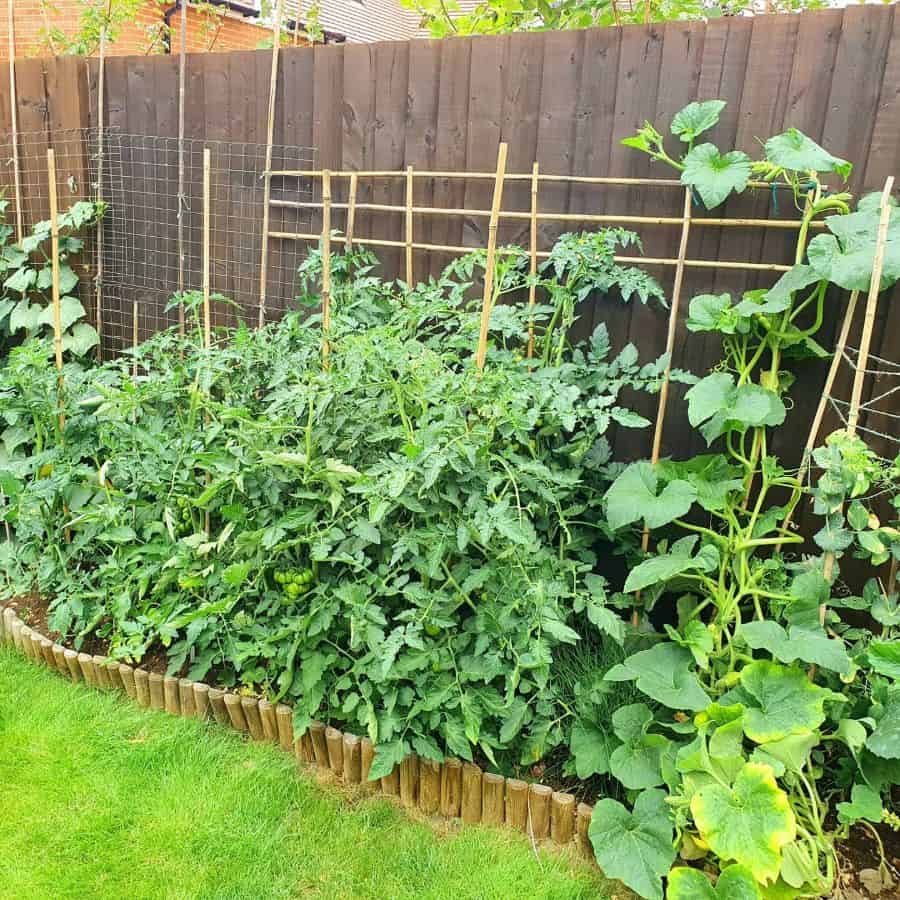
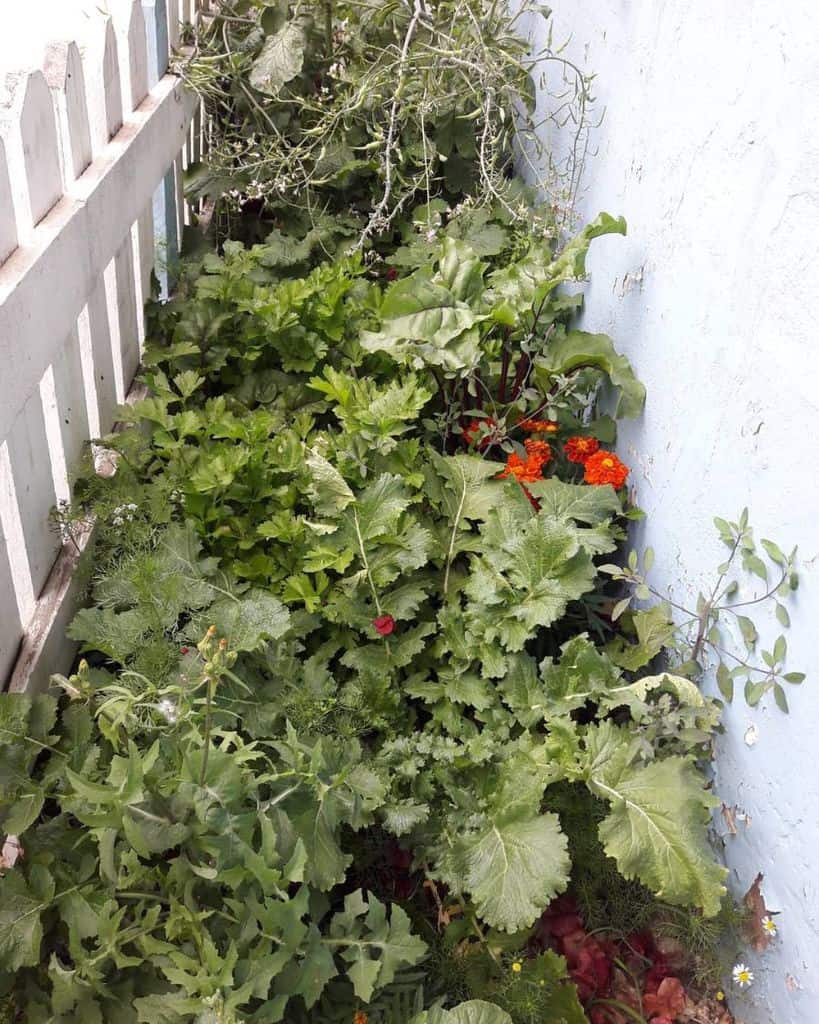
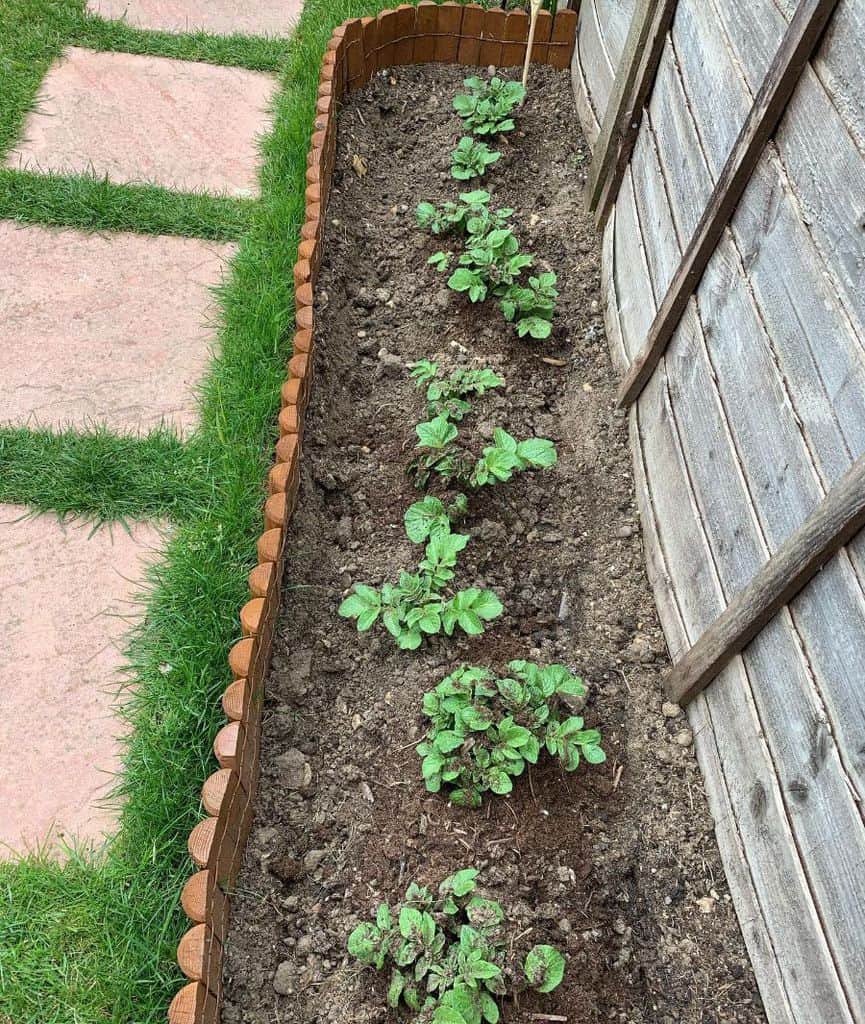
11. Success on a small scale
You don’t have to let your vegetable garden take over your entire backyard. You could have a small bed where you grow some of your favorites. You could have a tomato plant and some salad greens like lettuce and chard.
You need a large enough garden so that the plants have enough space to grow. Remember that lettuces start out small but get bigger as their leaves multiply and grow. Other vegetables that work well in small spaces include herbs, cucumbers, runner beans, radishes and shallots. The beauty of tomatoes, shallots and cucumbers is that you can get a high yield in a small space.
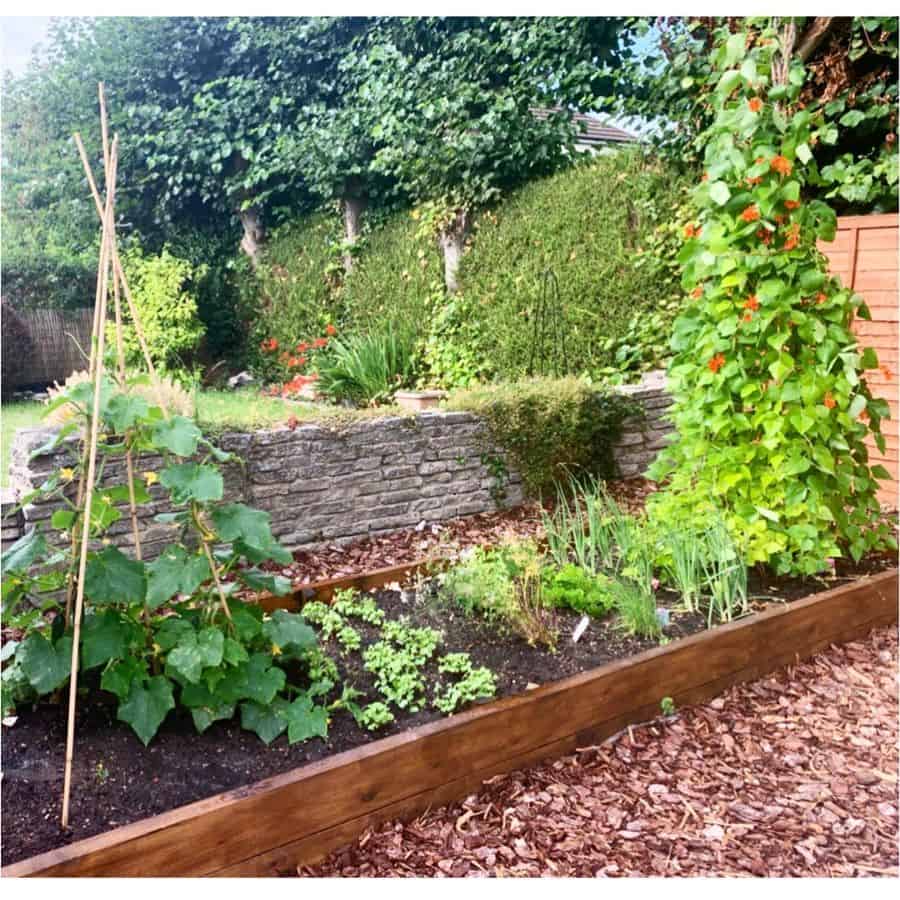
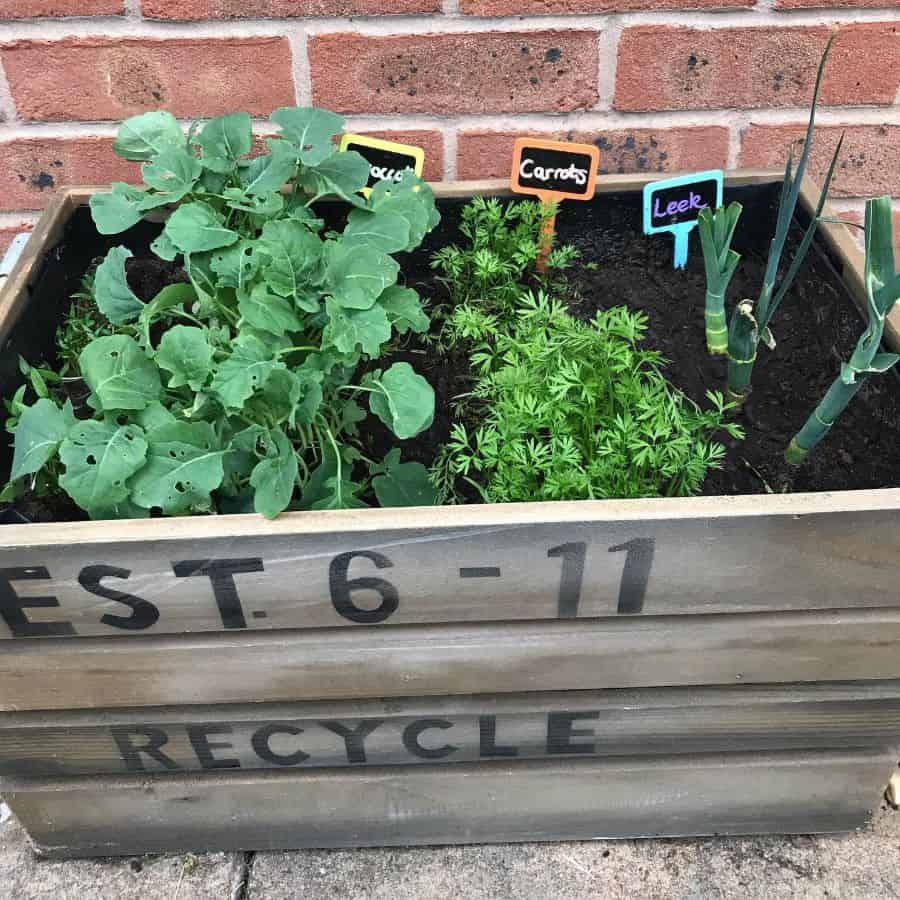
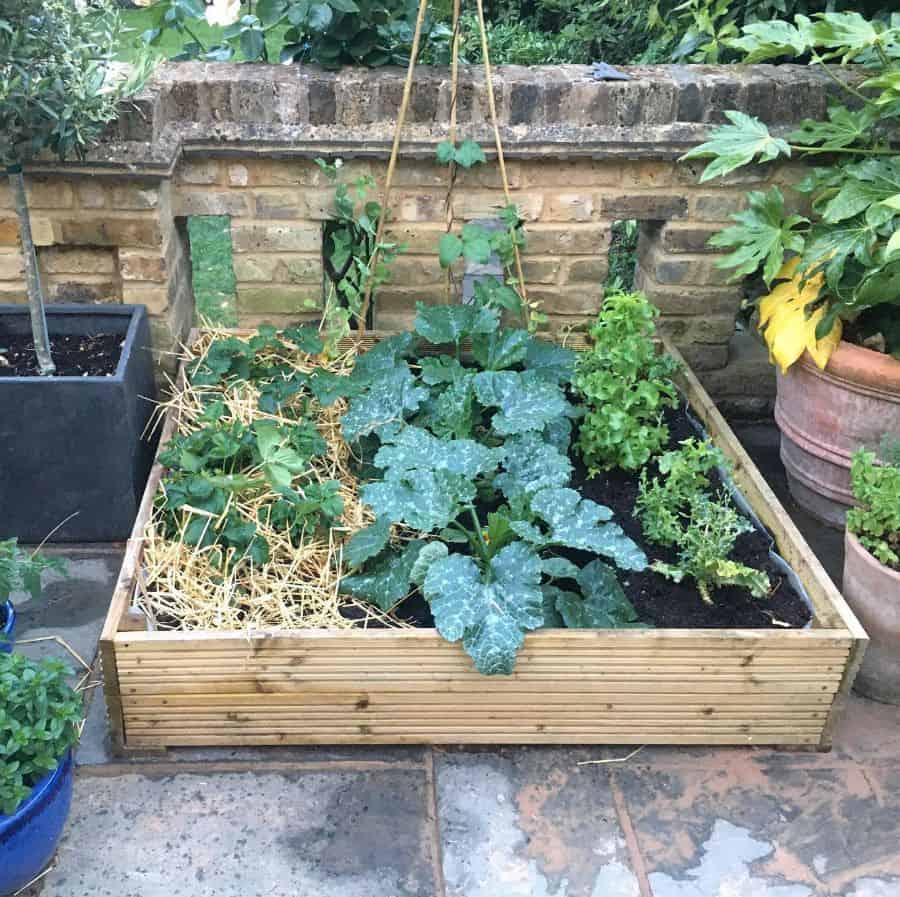
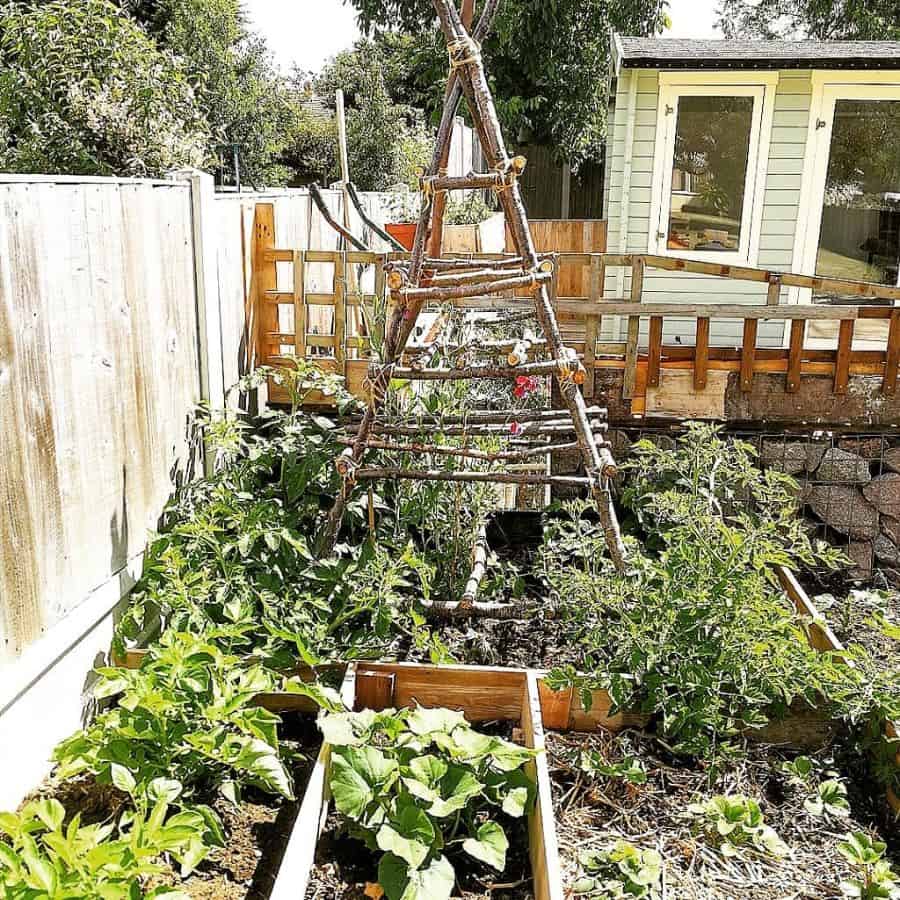
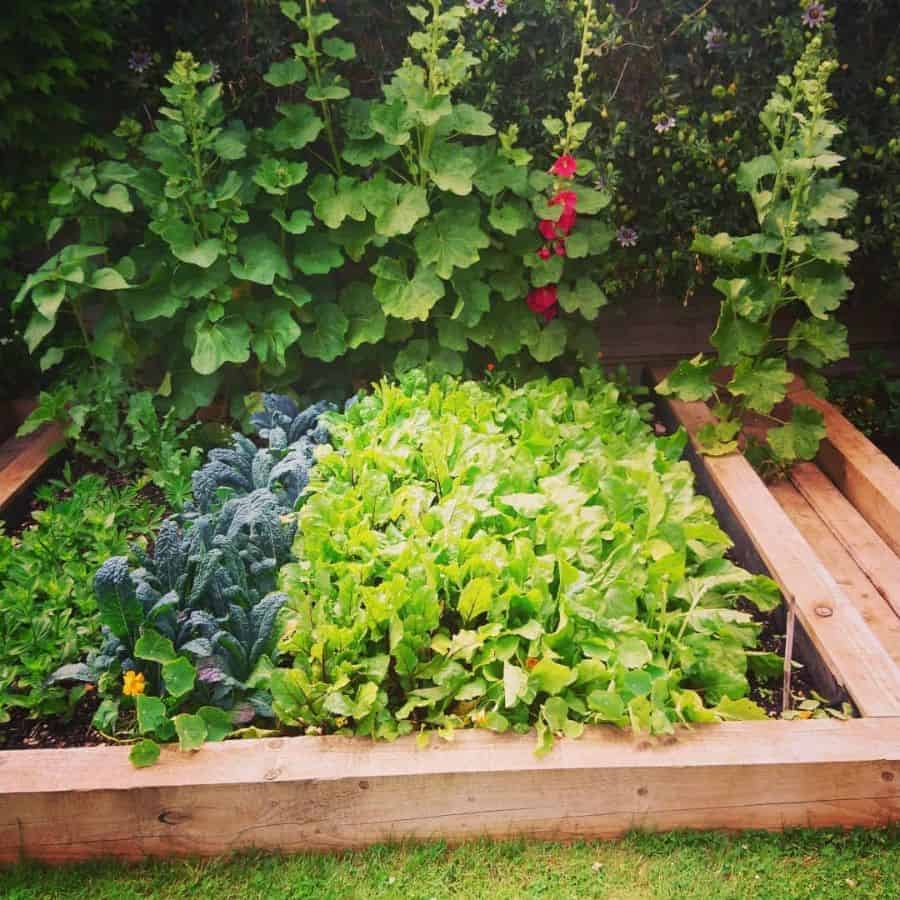
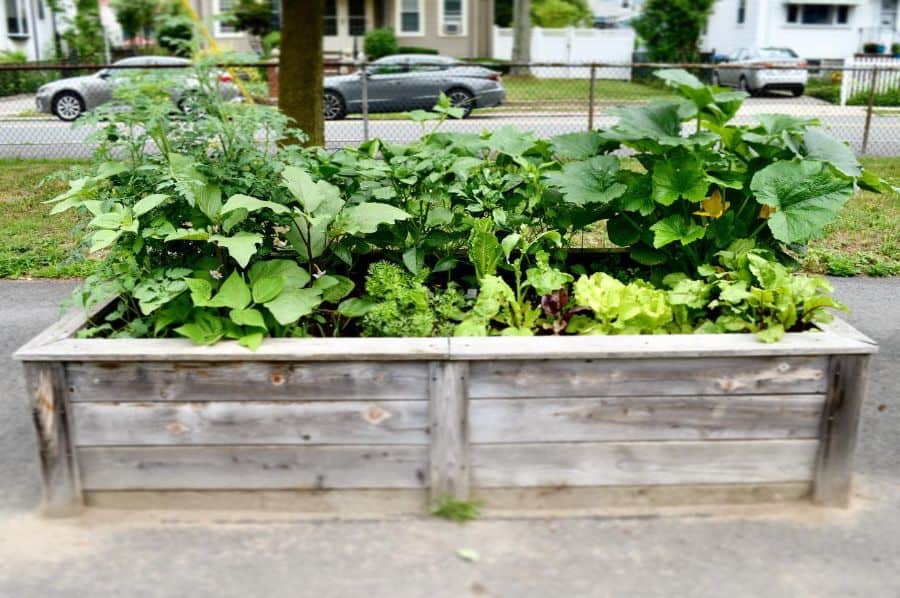
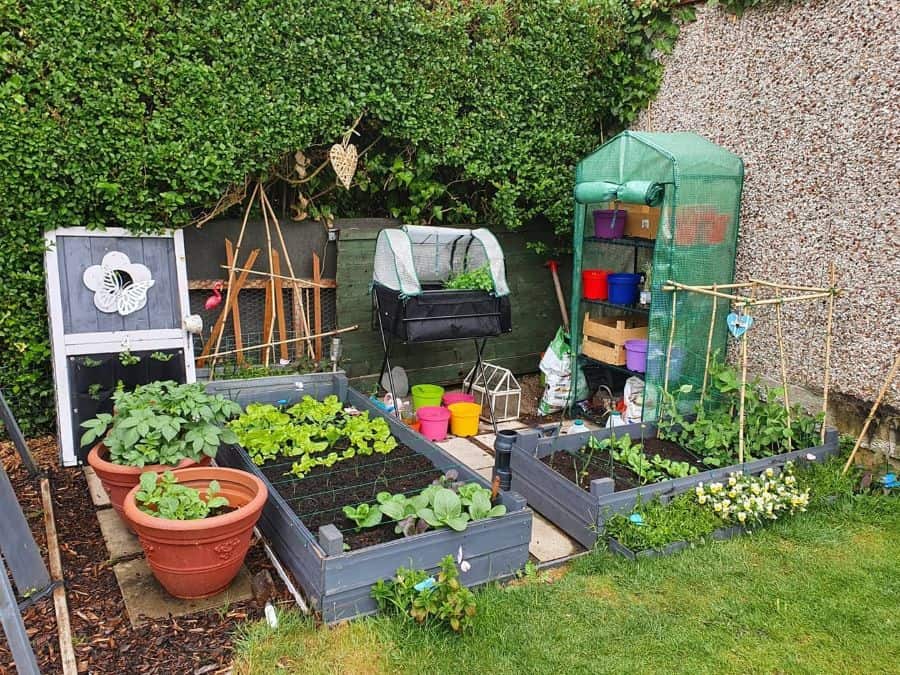
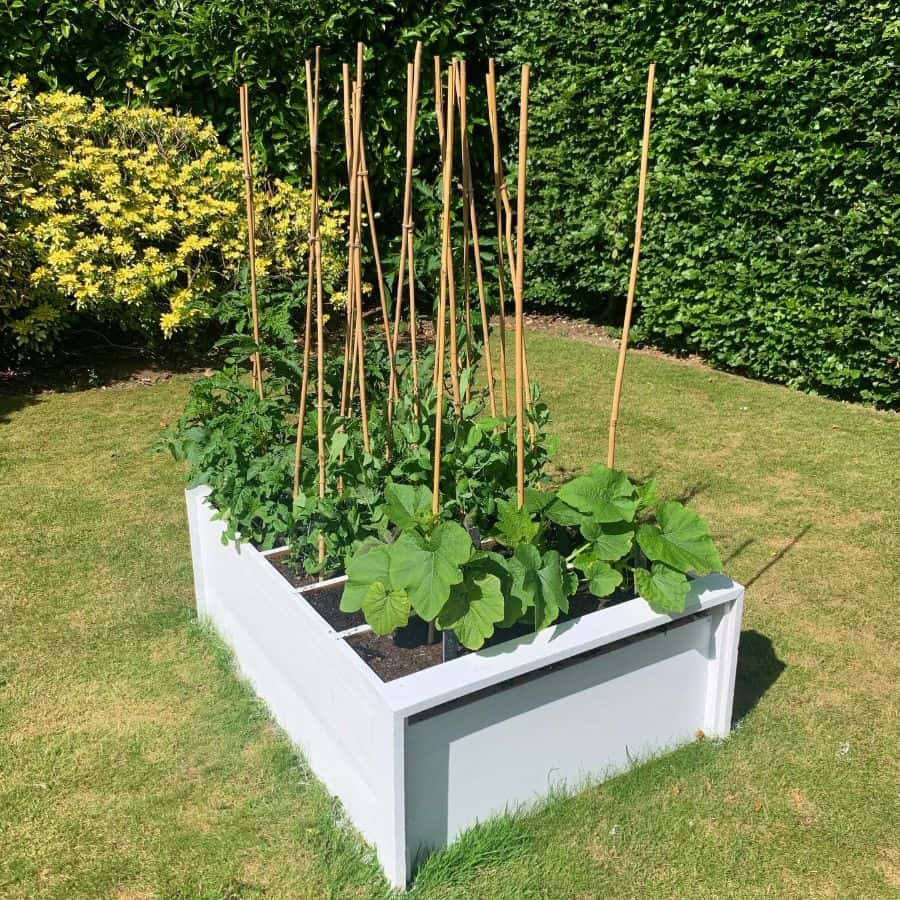
12. Vertical ventures
Some vegetables grow as a vine and you need to build a trellis for them to grow. These plants are perfect if you want to create a vertical vegetable garden. The simplest setup for your vegetable garden is to build a small trellis a few feet high in the plant bed. Another option is to plant your garden on the side of your house and lean the trellis against it. You should be careful when doing this; You don’t want to give insects and bugs a path into your home.
If you have space, you can get creative with your trellis. Turn it into an archway for you to walk through. Or you could design it as a pergola cover for your patio or patio area. Now you have fresh vegetables and a shady place to hang out.
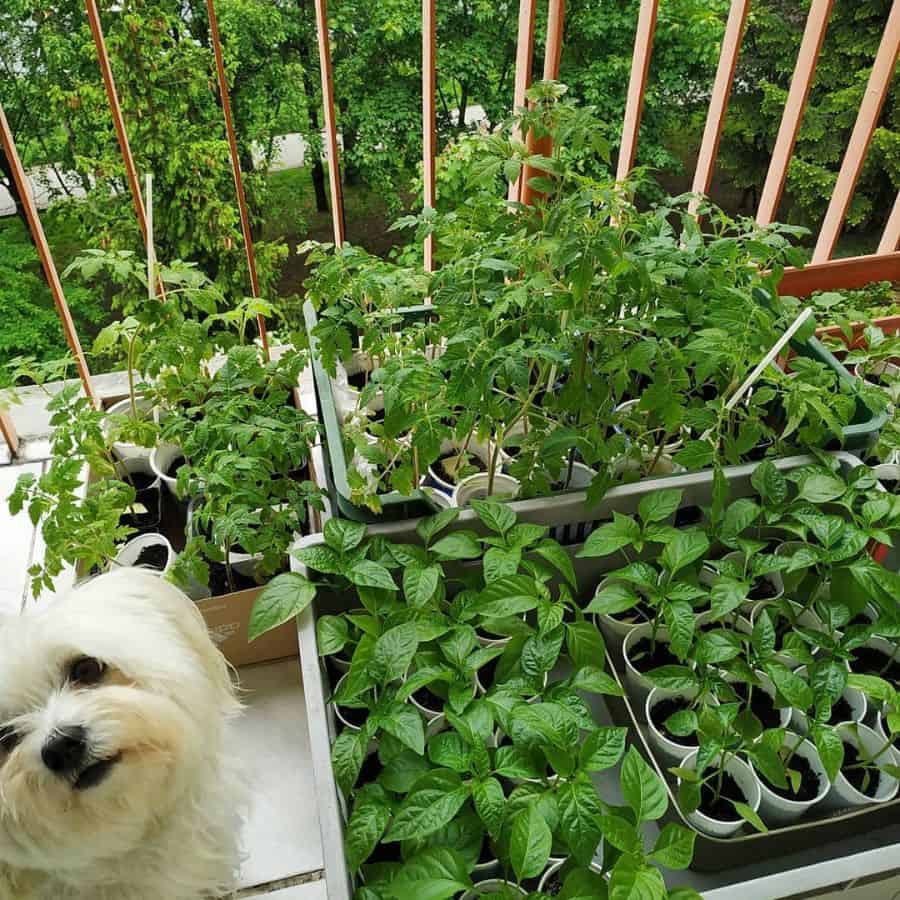
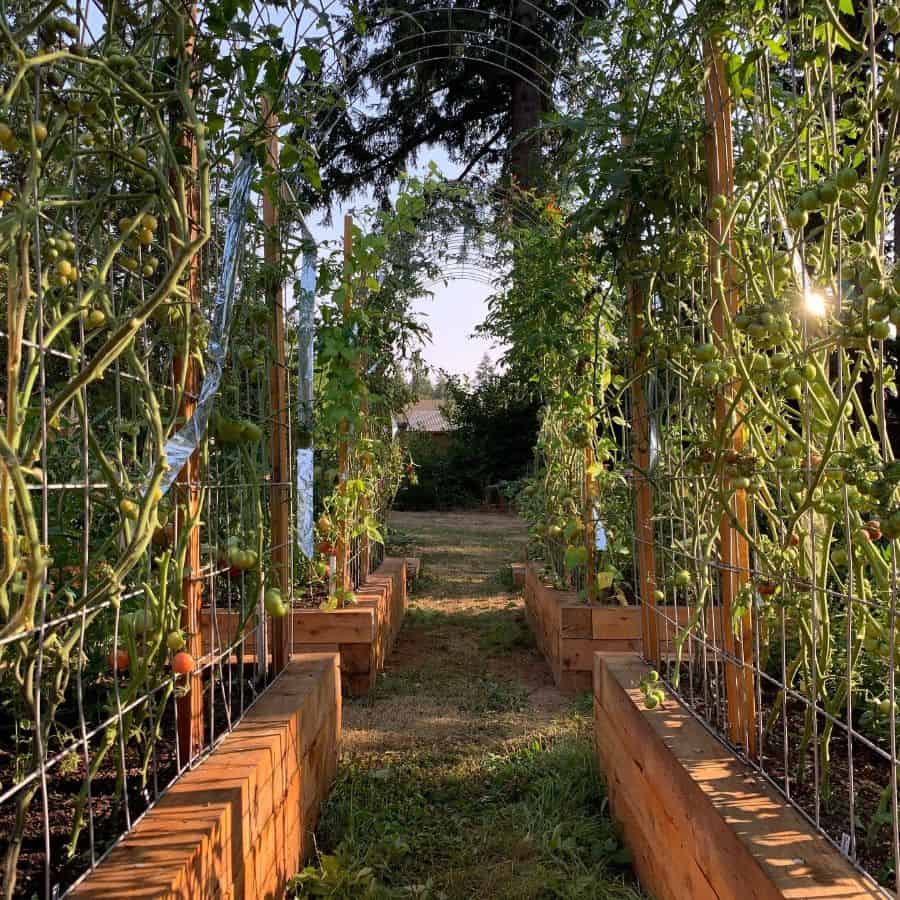
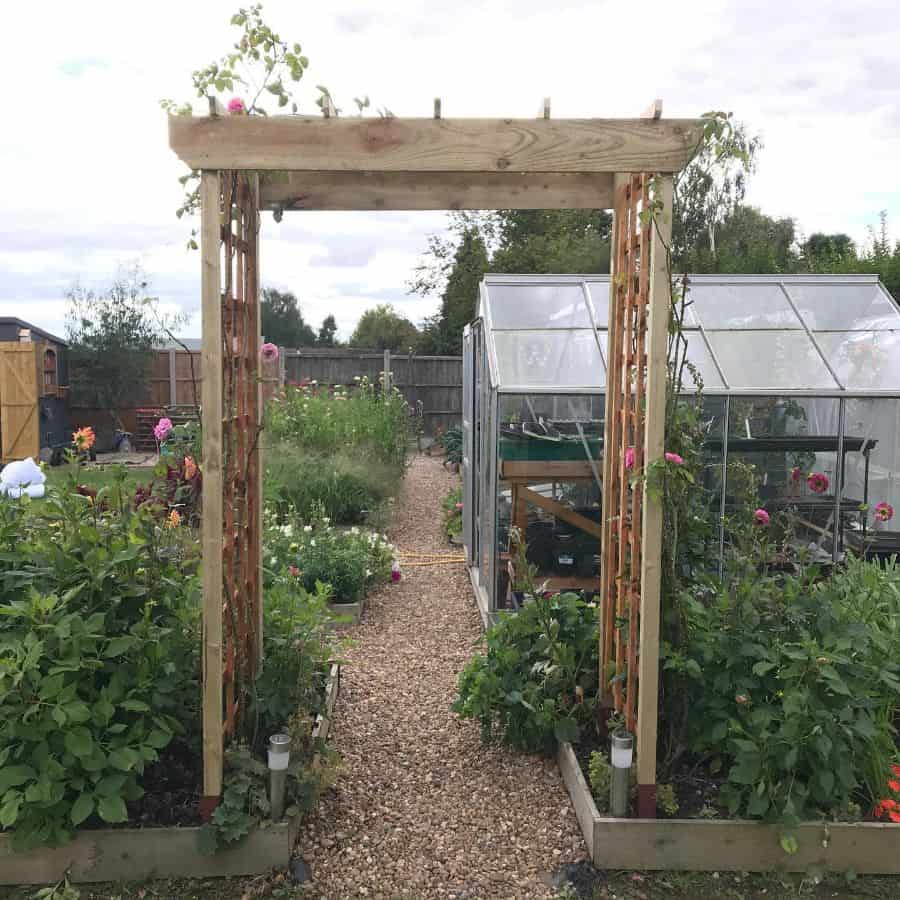
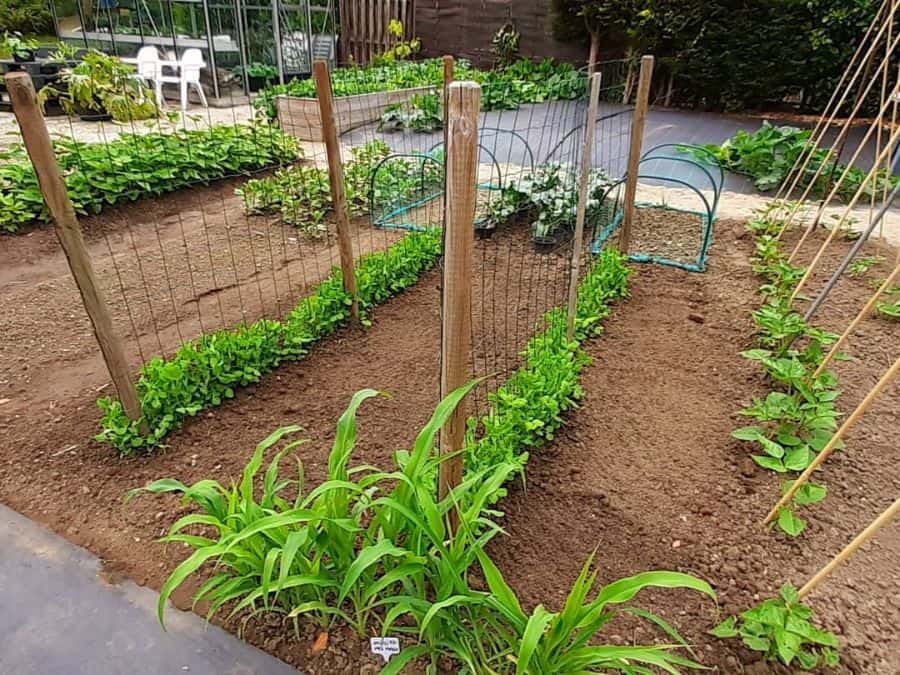
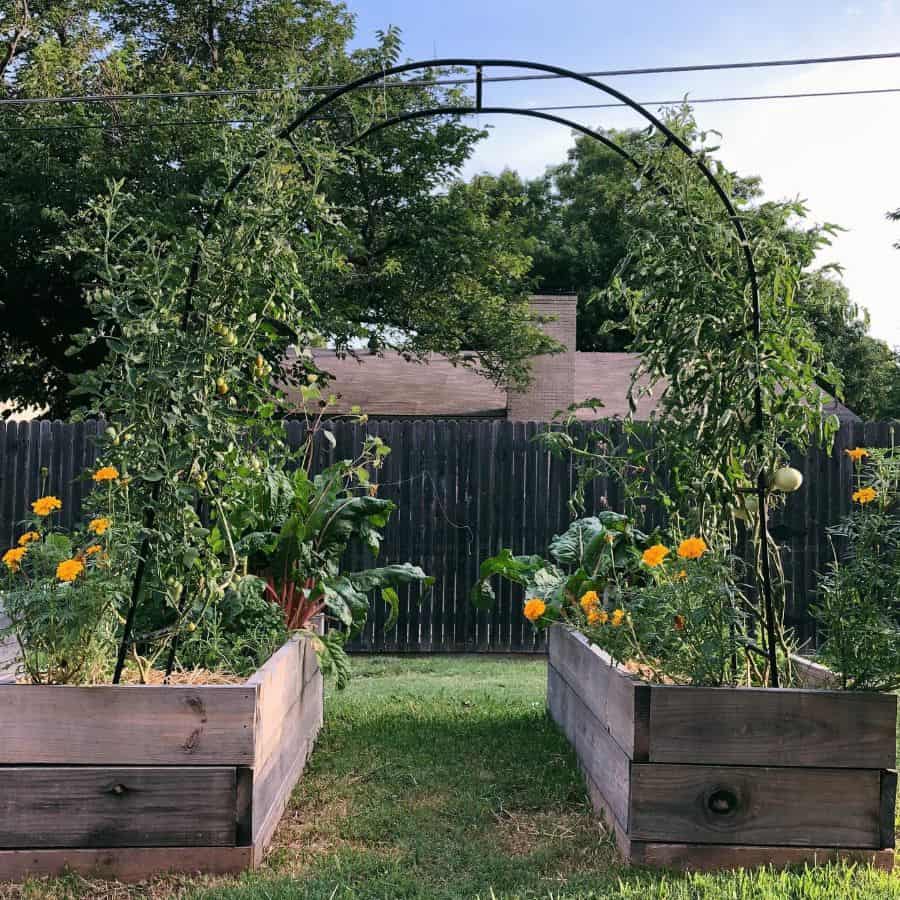
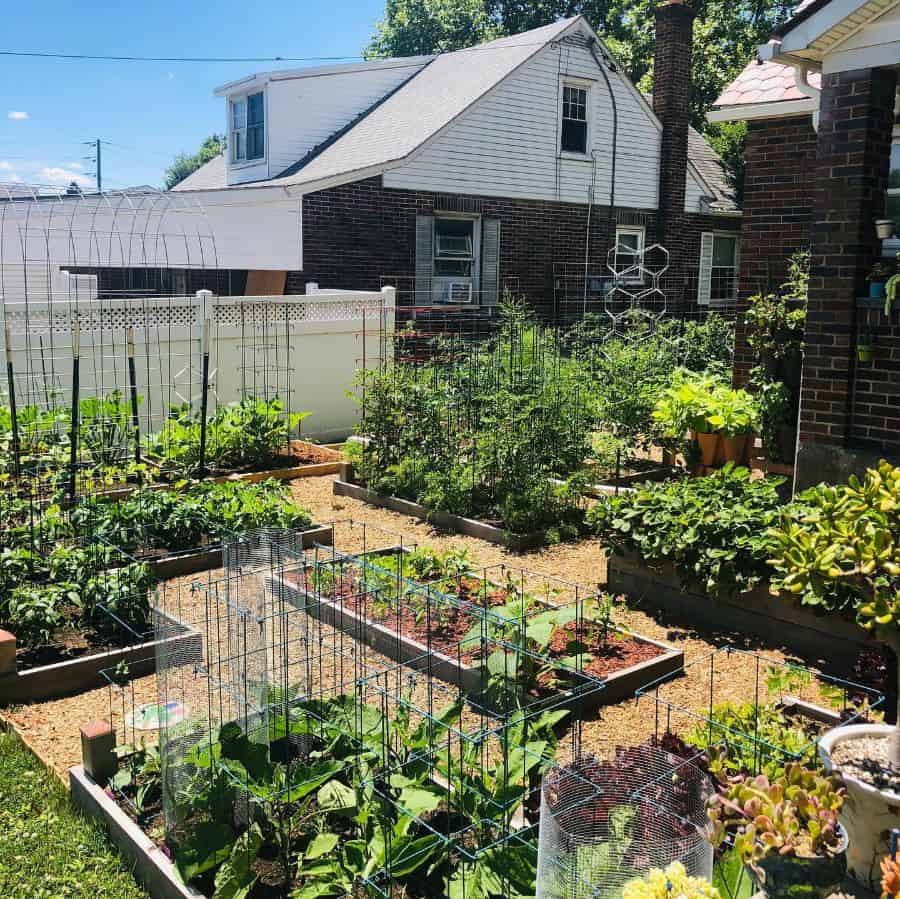
Vegetable Gardening FAQs
Which vegetables grow best together?
When grown with tomatoes, basil promotes higher vegetable yields and keeps mosquitoes and flies away. Corn and green beans grow well together because the corn acts as a trellis for the beans. Carrots and onions grow well together because onions repel the carrot fly.
How should I design my vegetable garden?
First, determine the size, shape and location of your garden. Plant your plants in triangles rather than lines or squares. This means that 10-14% more plants can fit in the room. Look for ways to design your garden vertically to create the most space possible.
Which vegetables should not be grown together?
Do not plant onions near beans, asparagus or peas. They will hinder their growth. Planting sage near cucumbers also stunts their growth. Planting dill and cilantro near your carrot plants can harm your carrots.
 home decor trends
home decor trends

